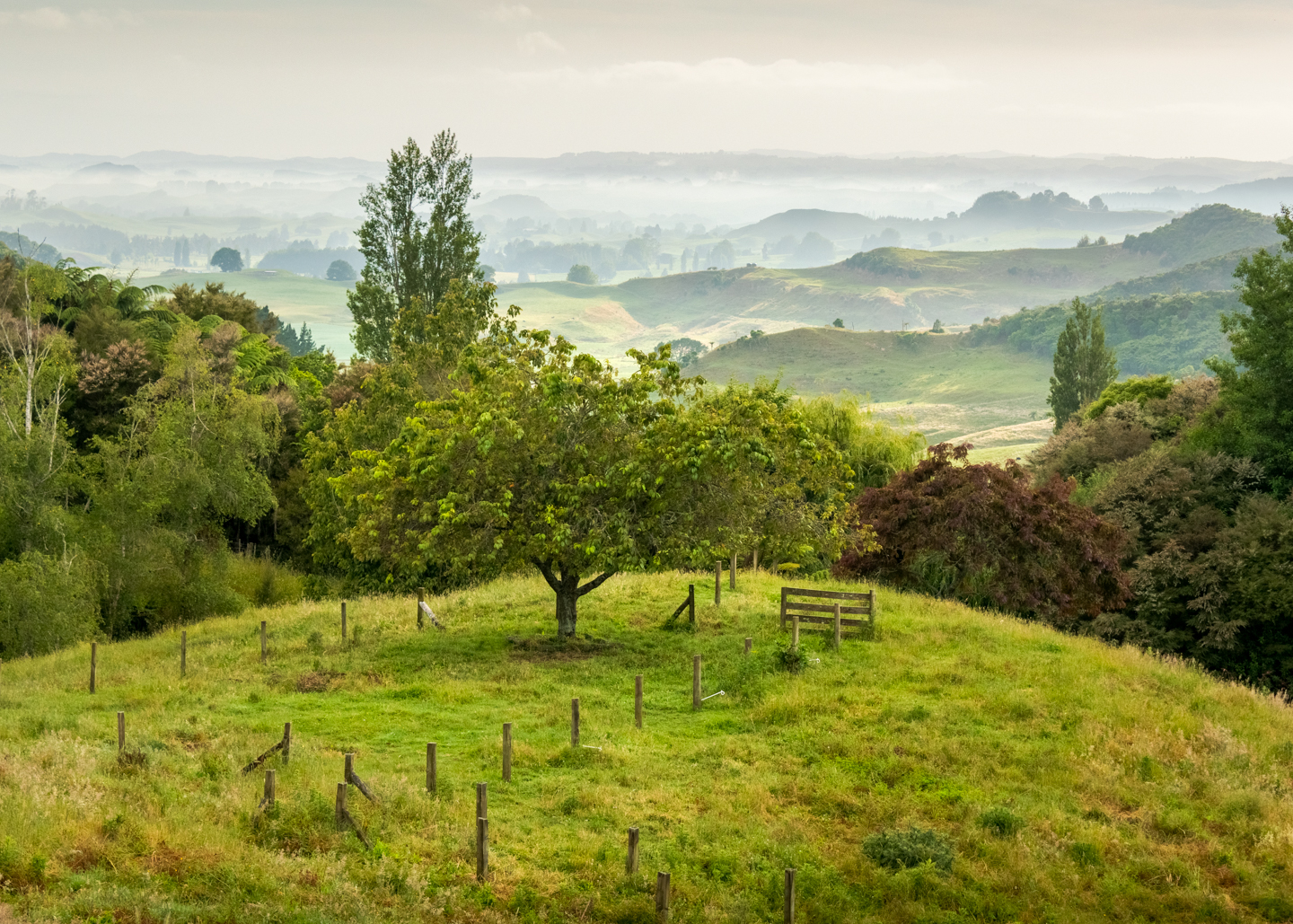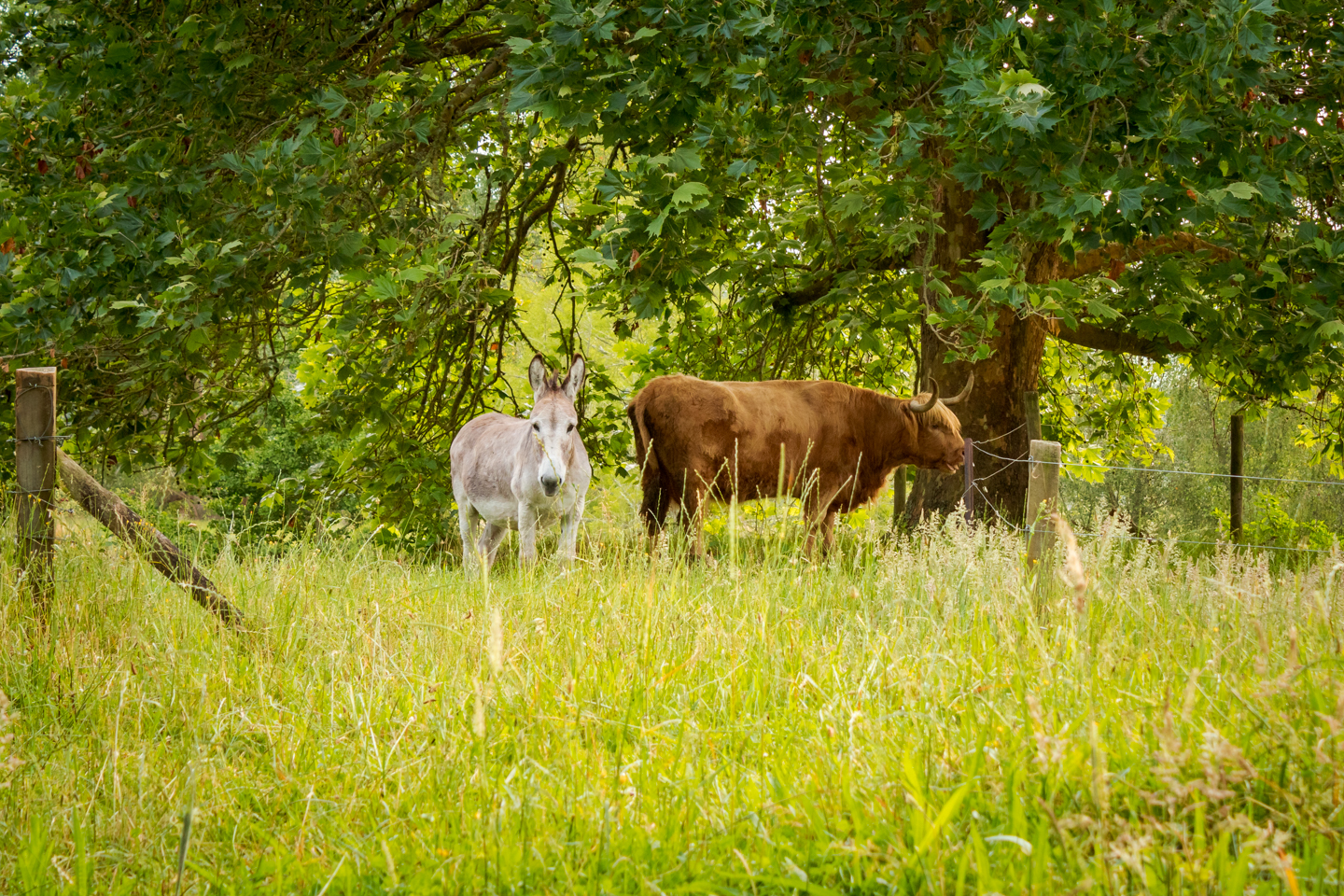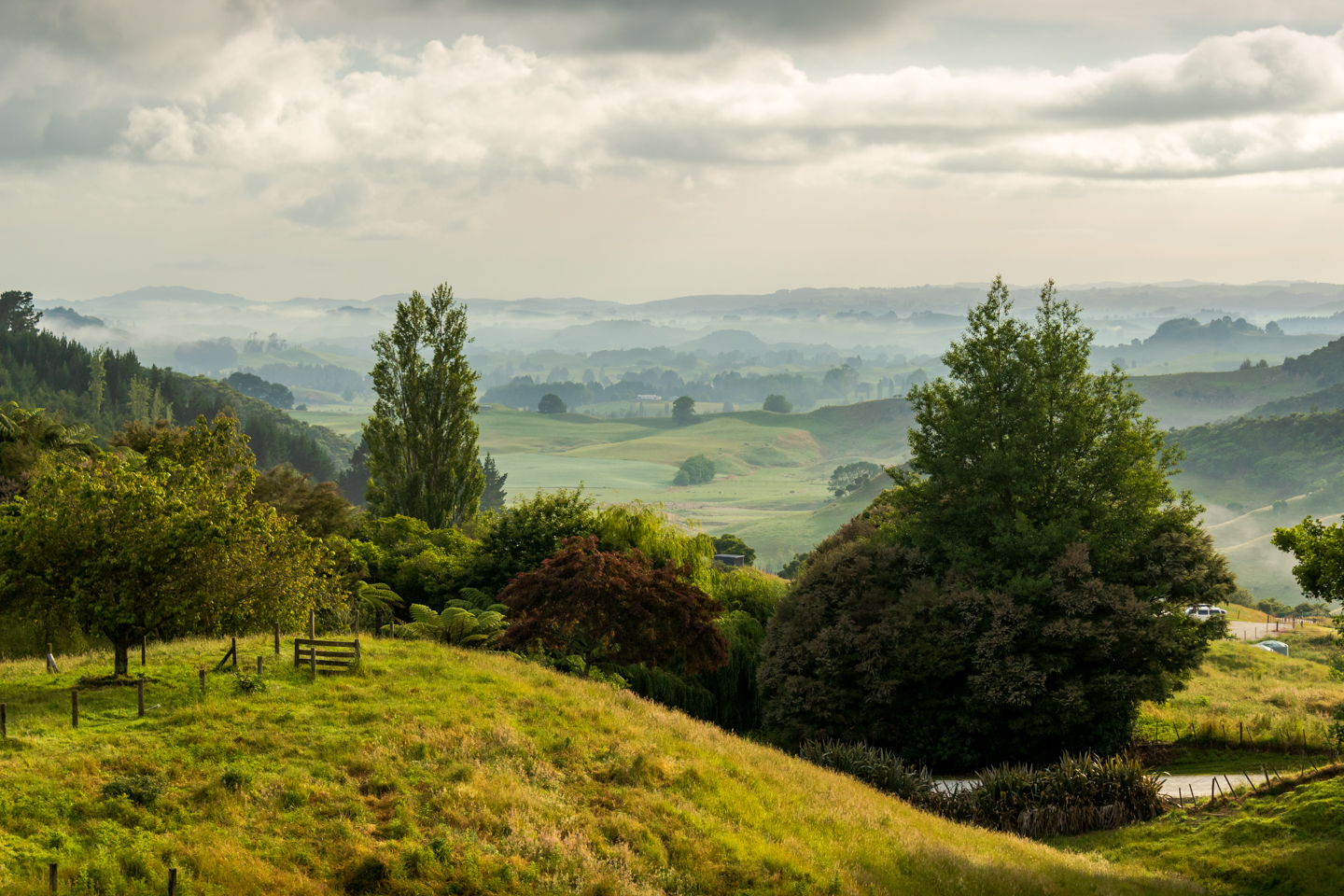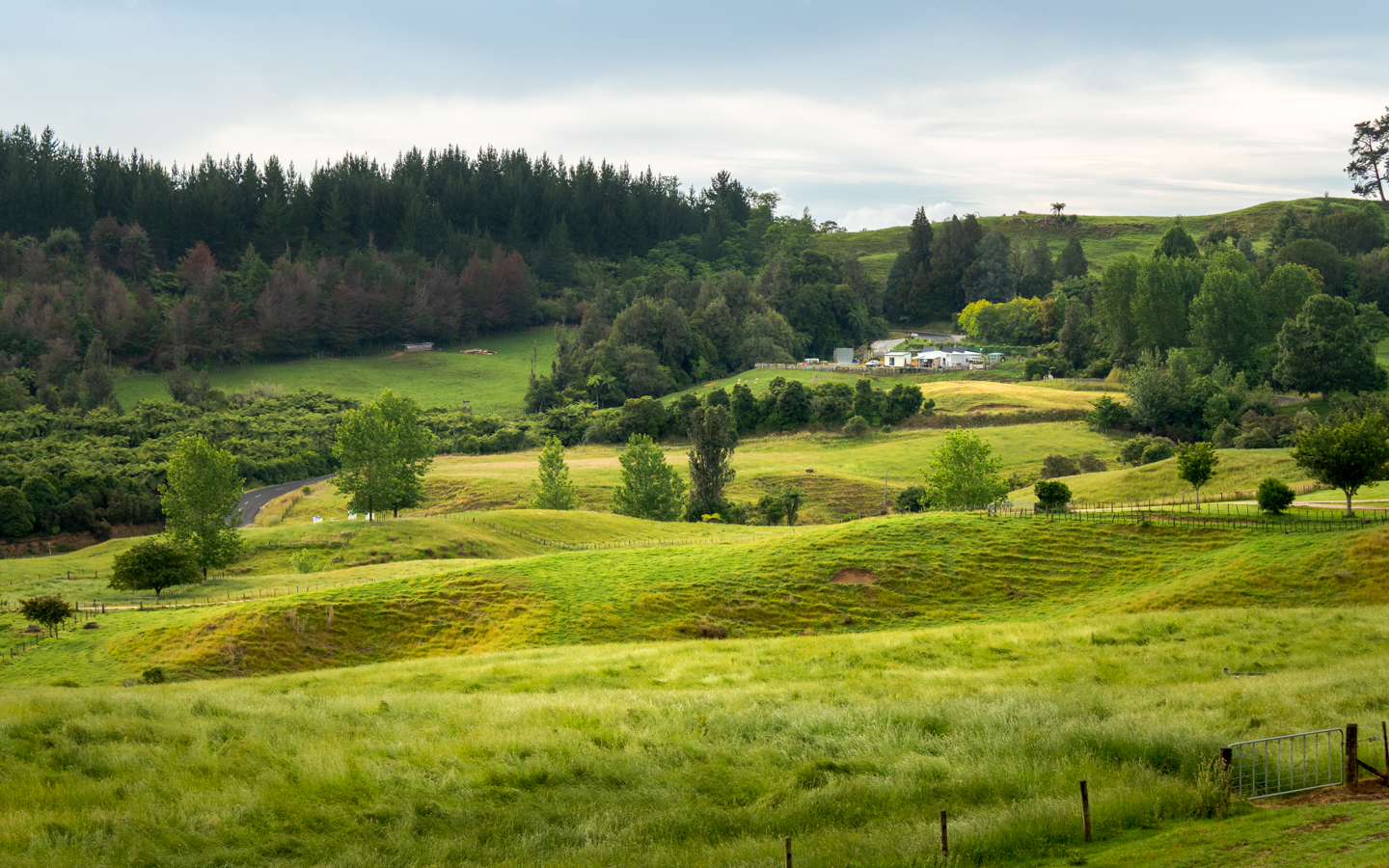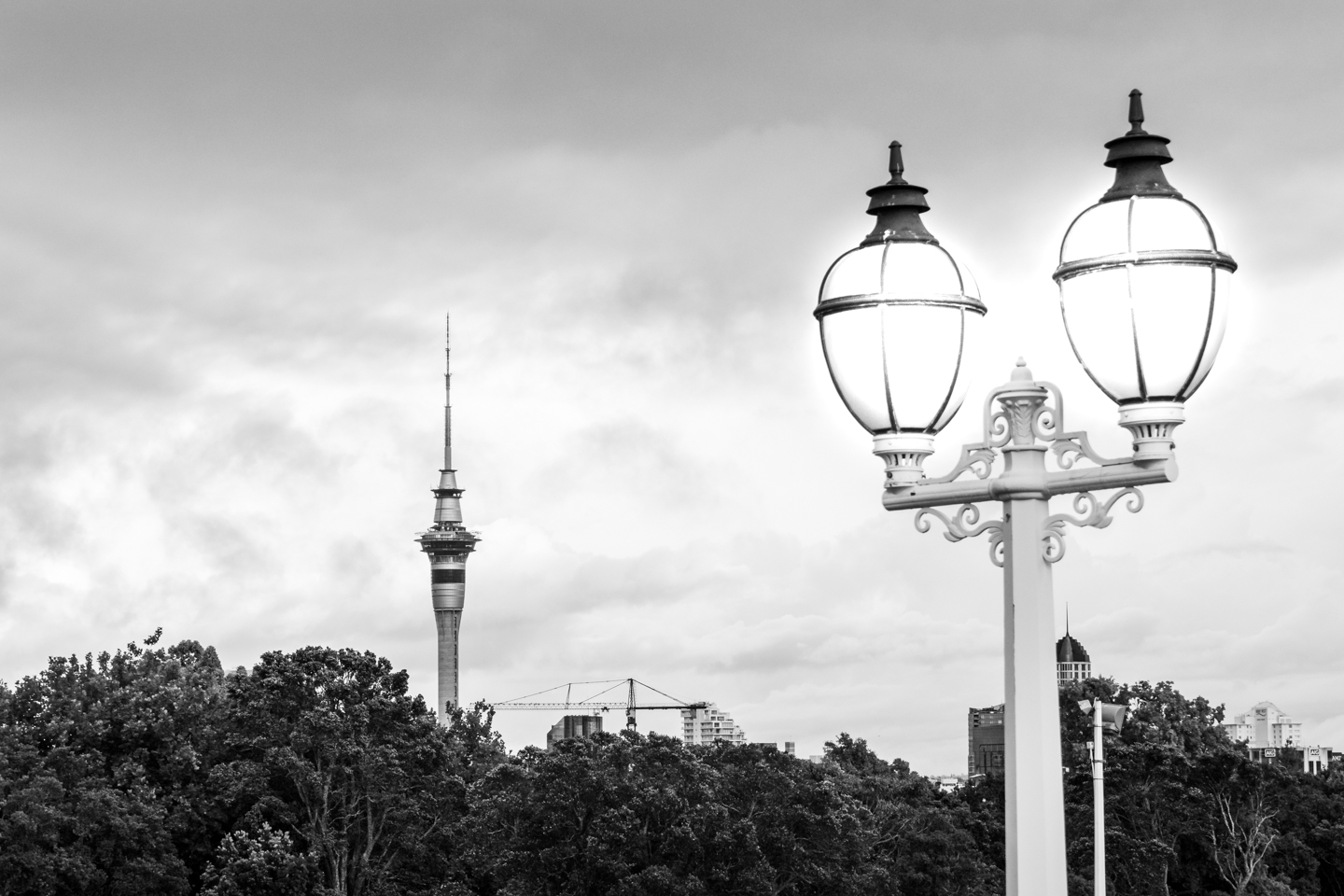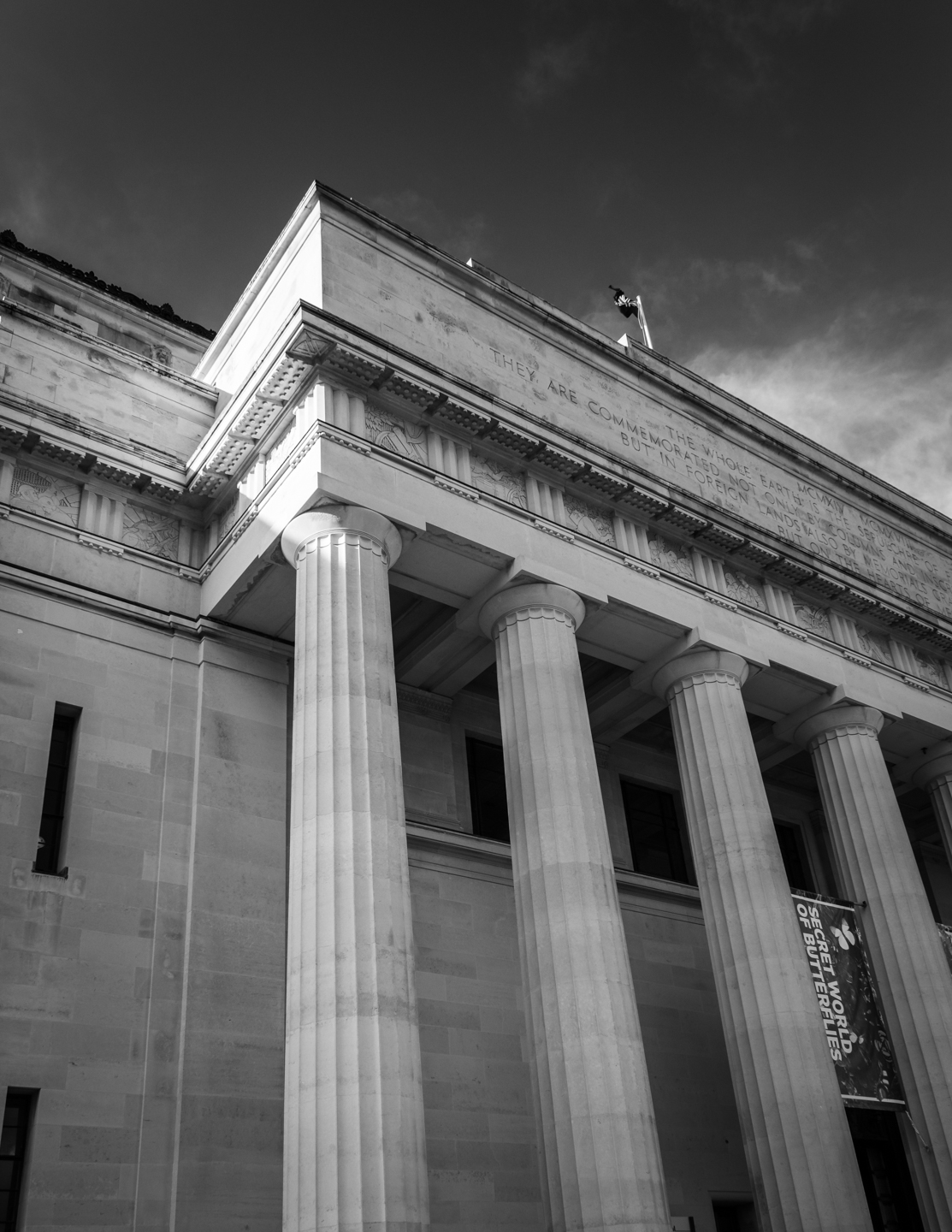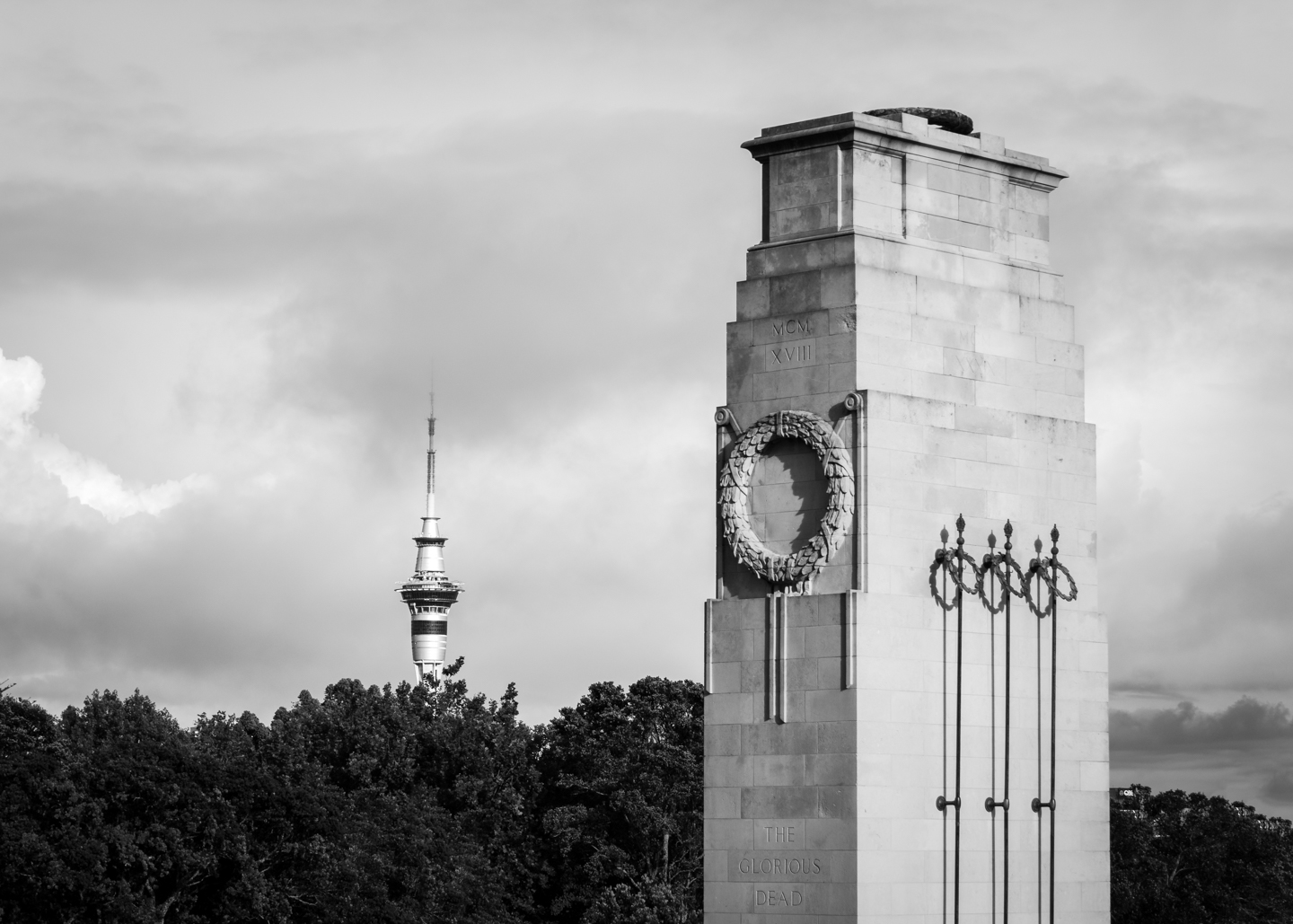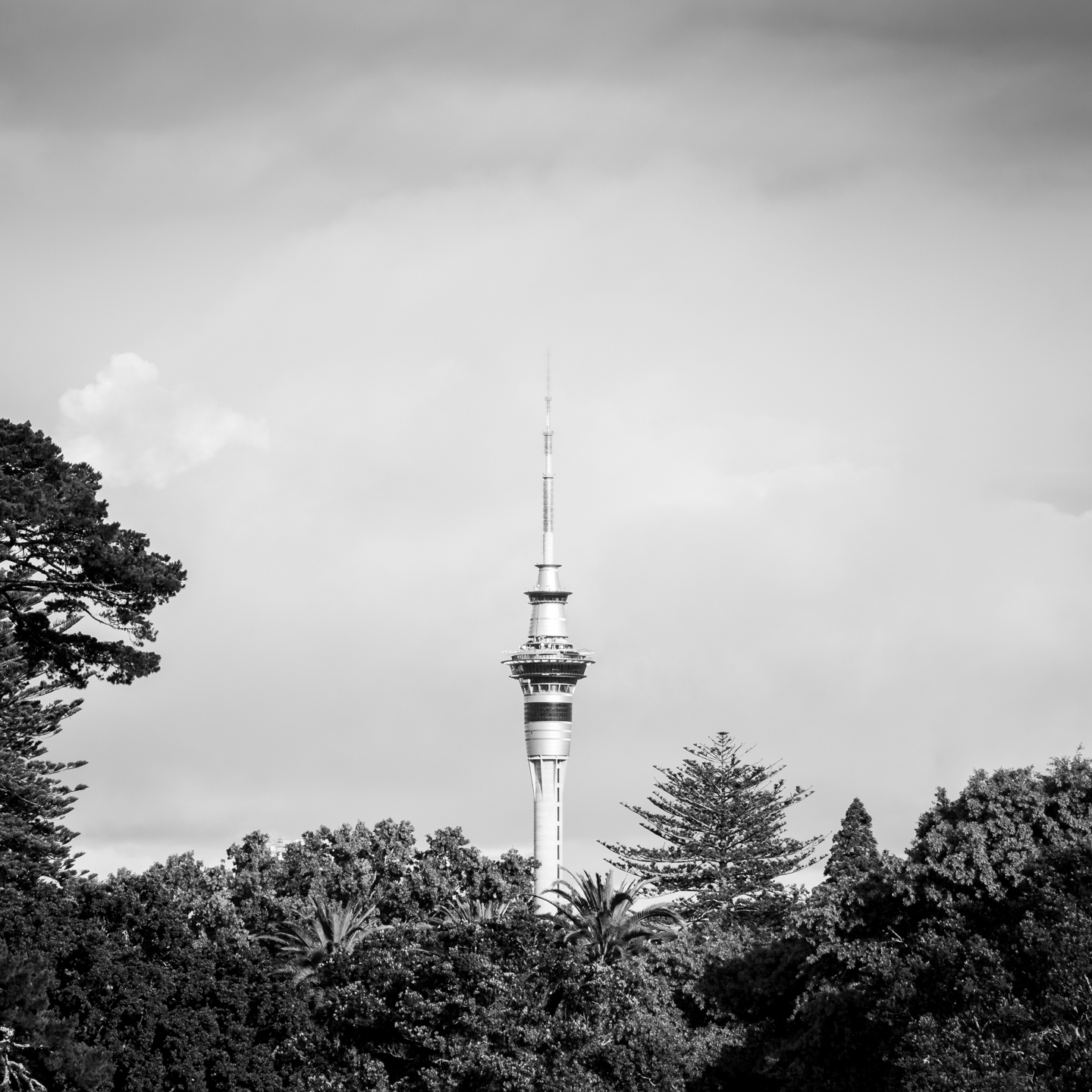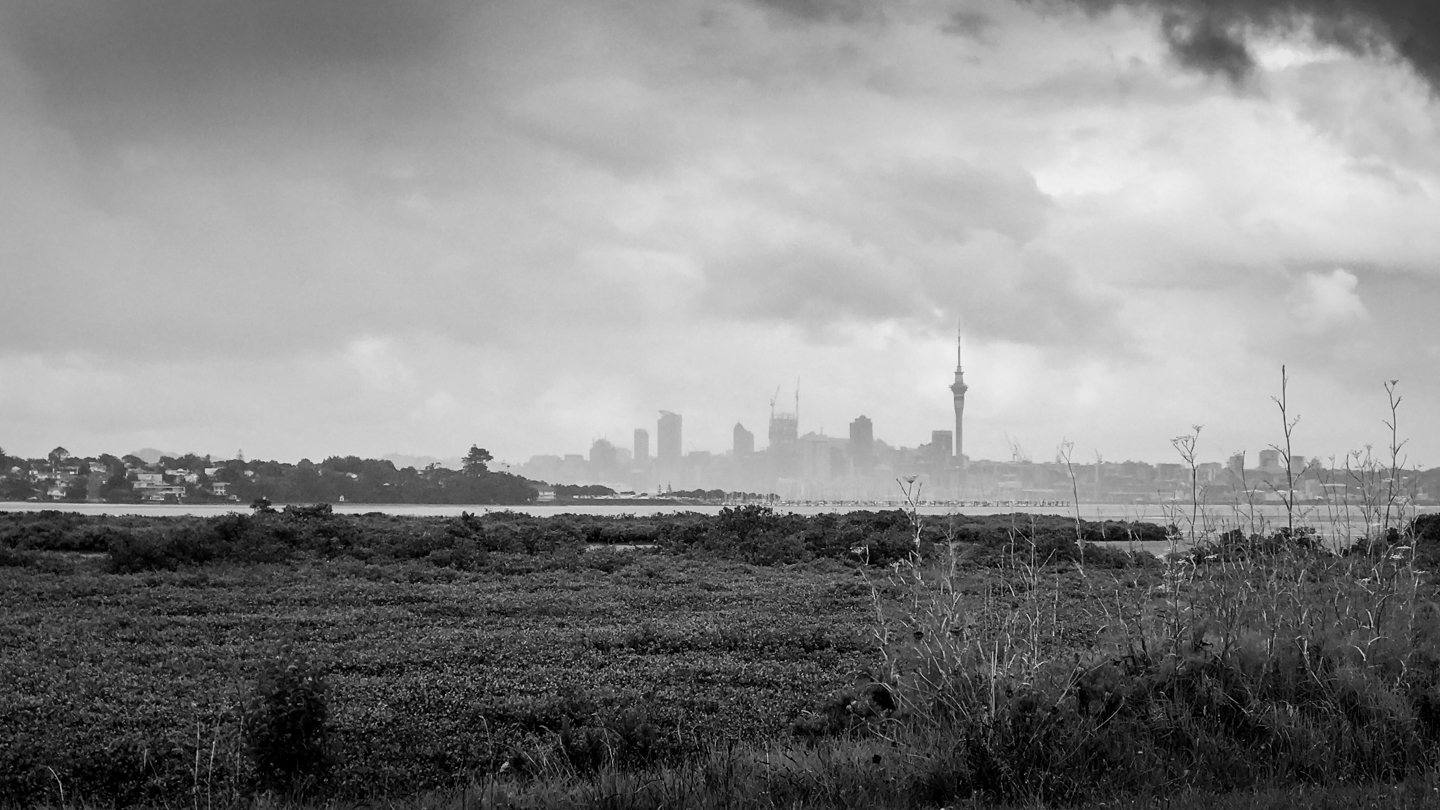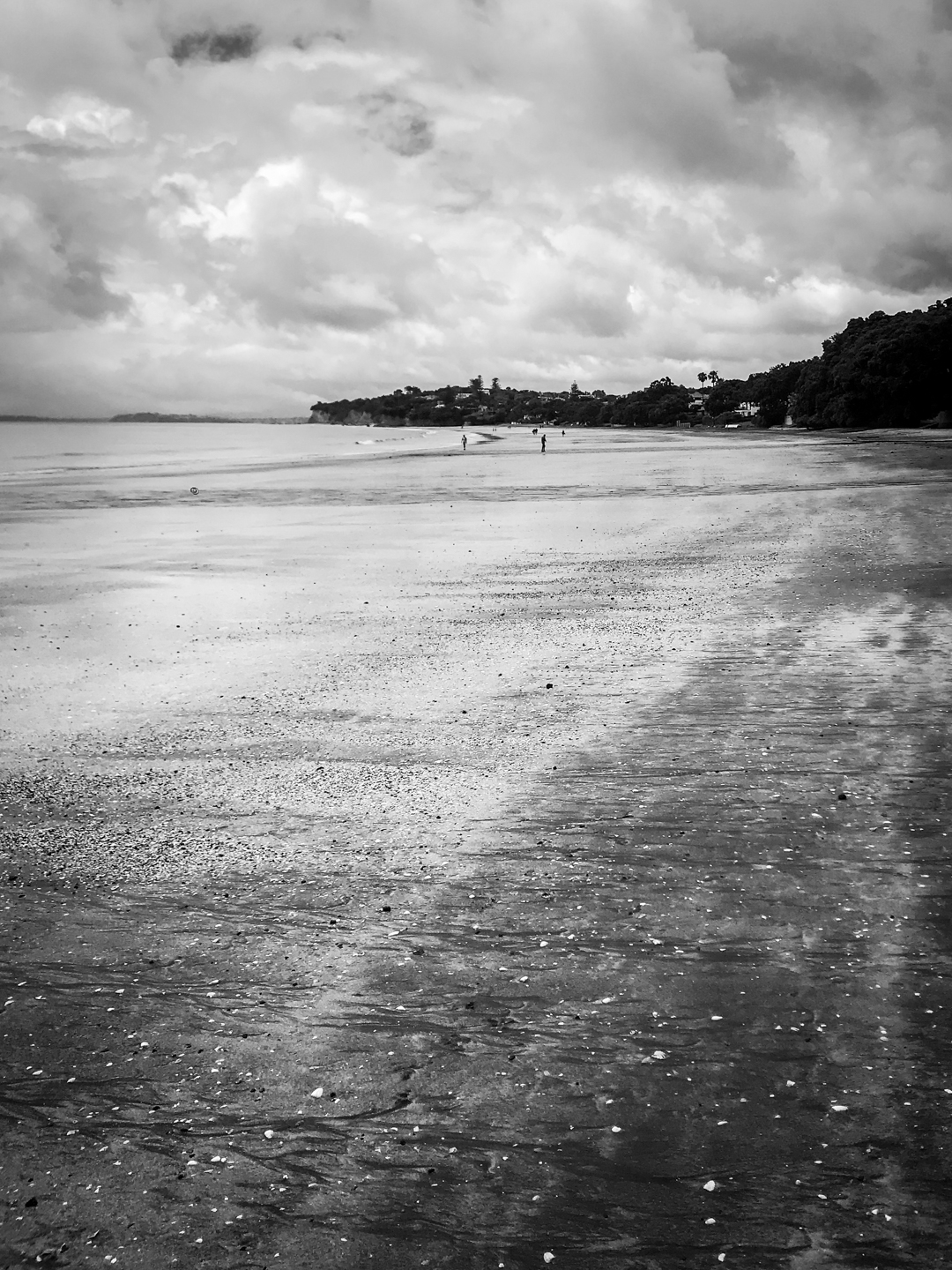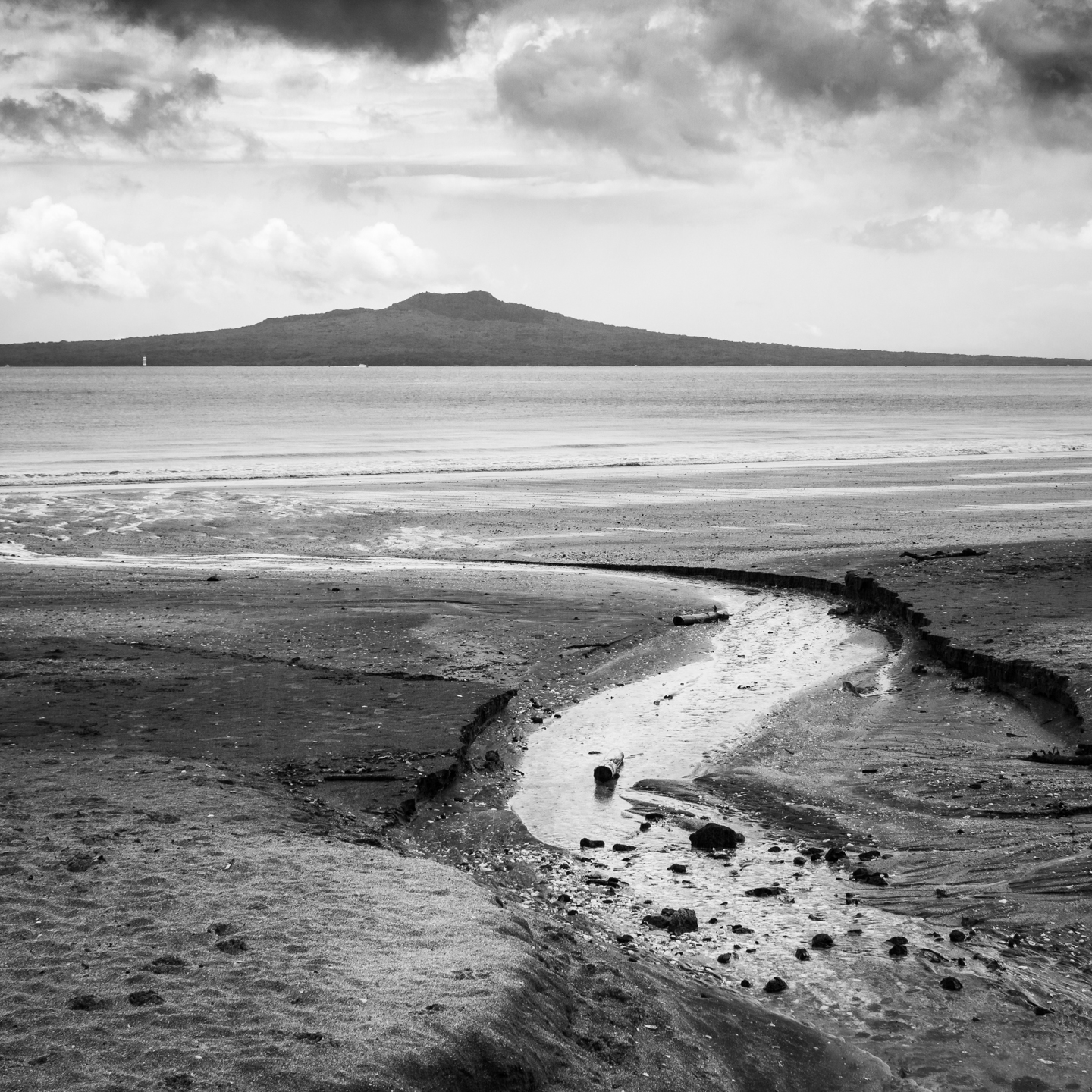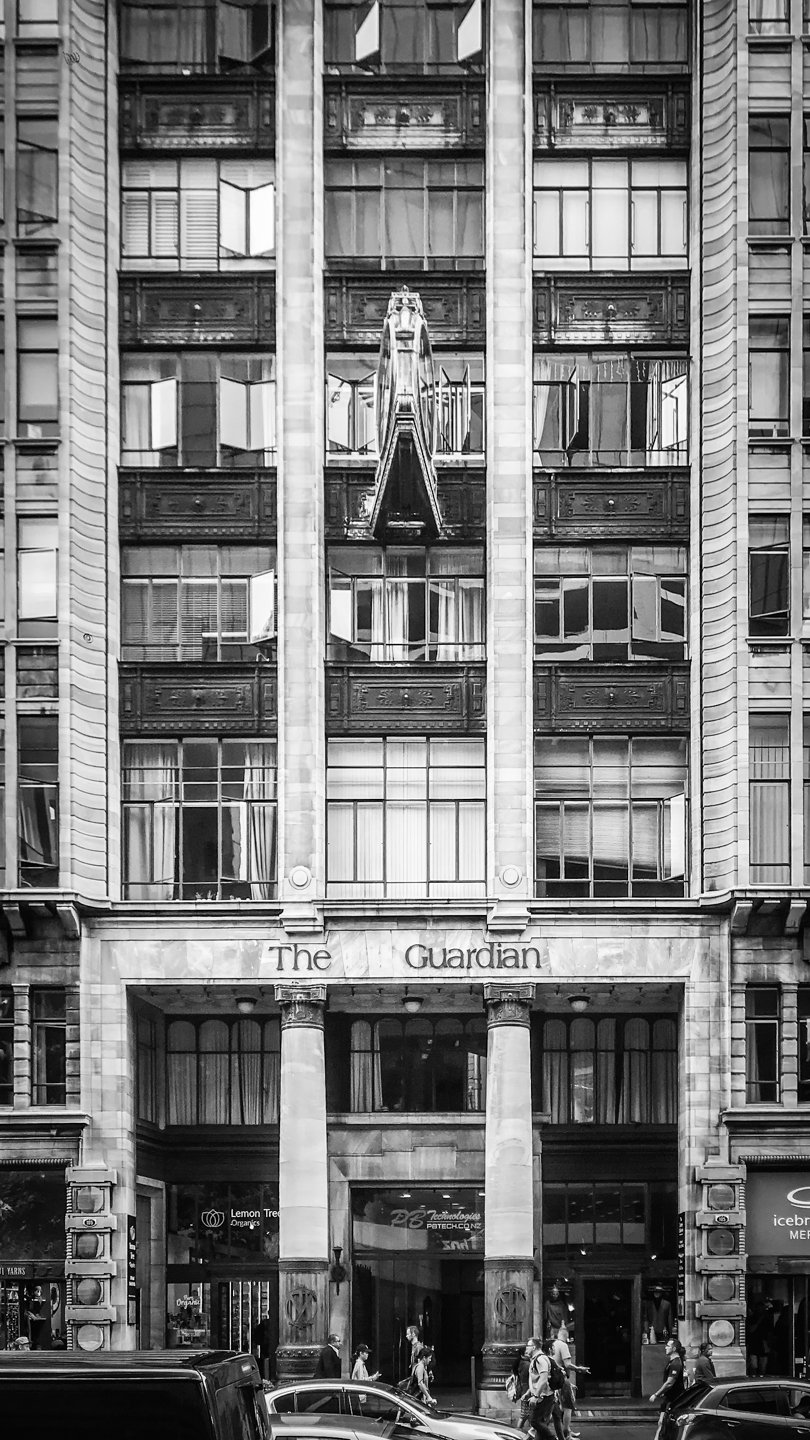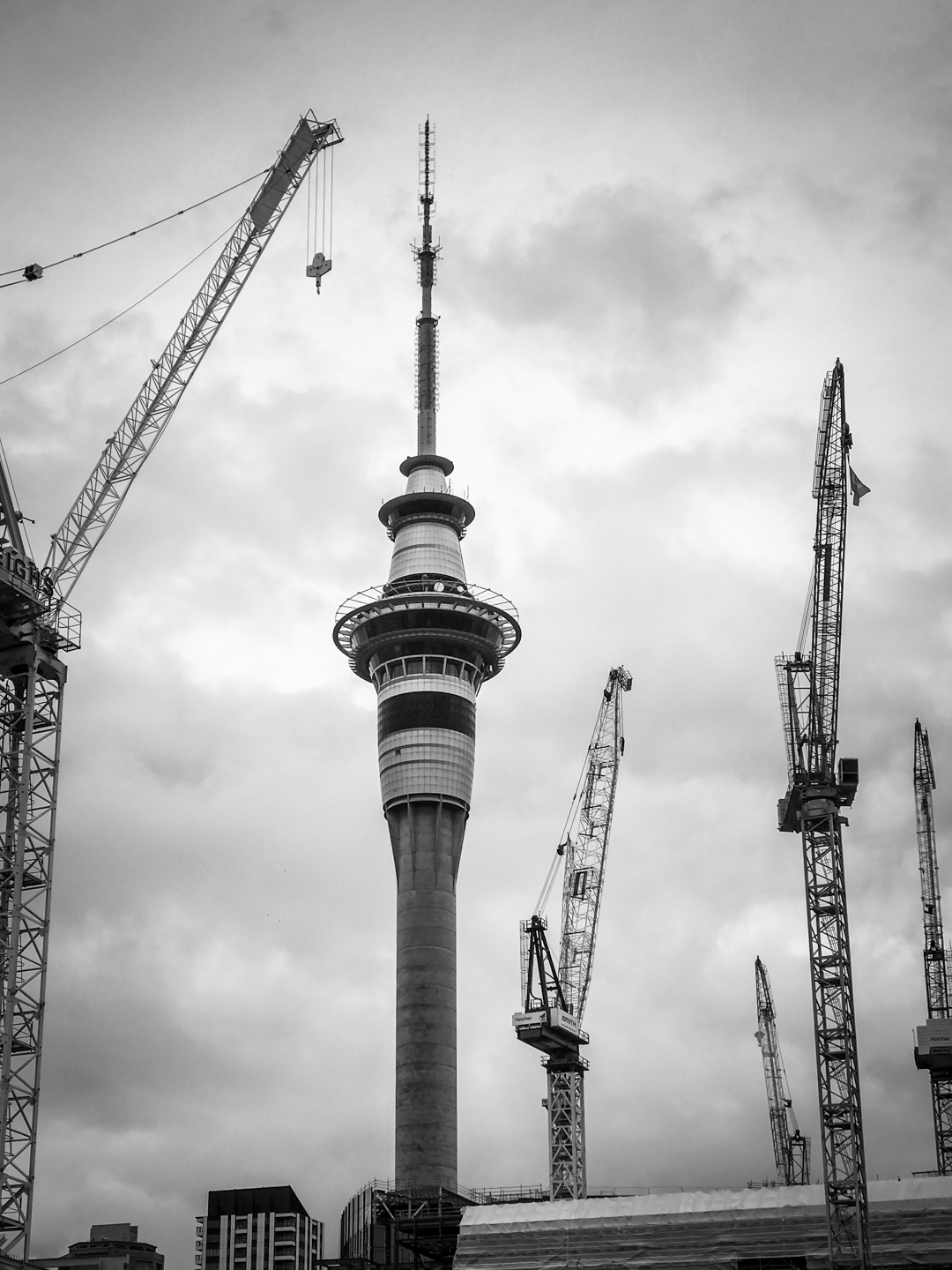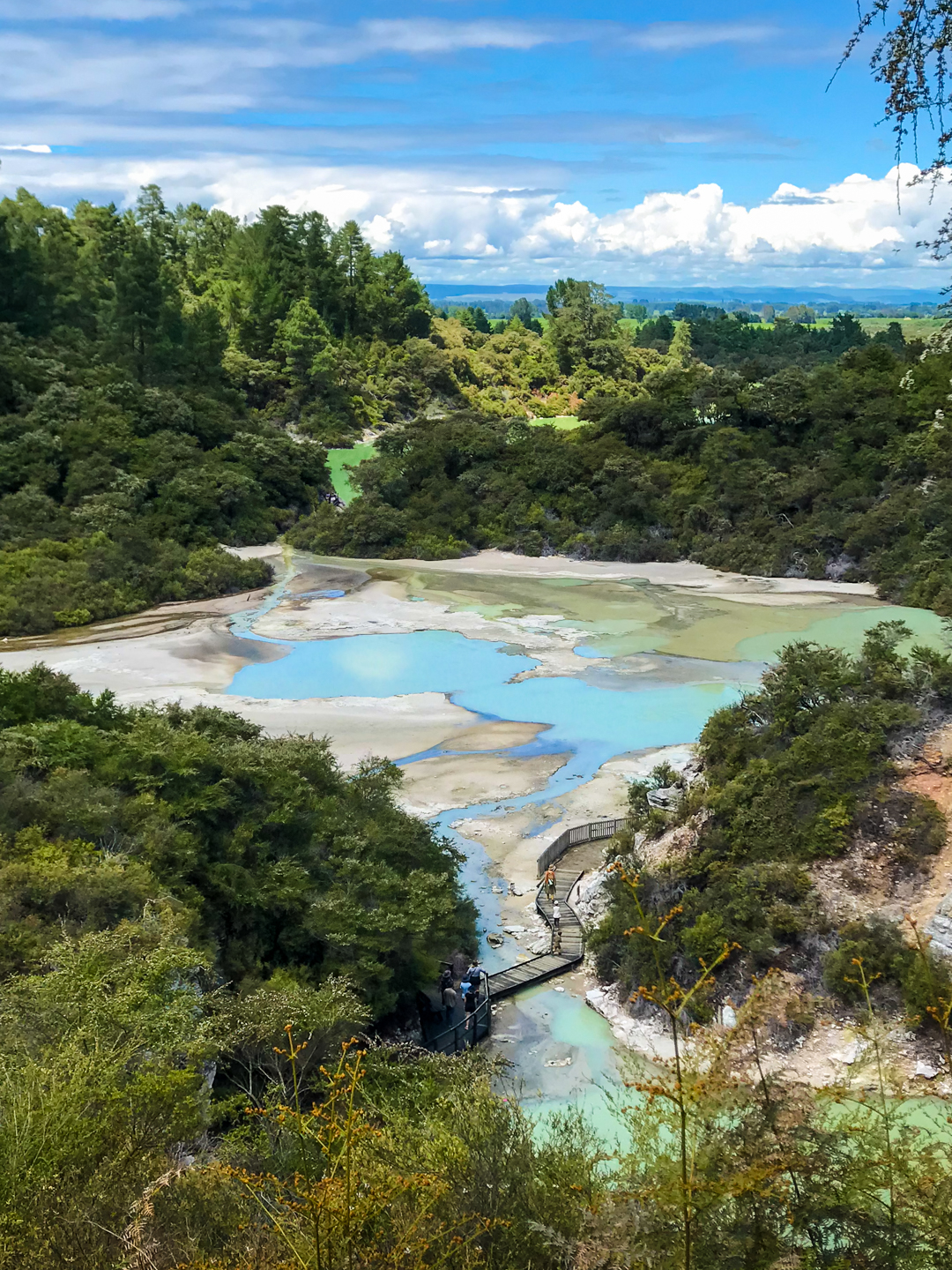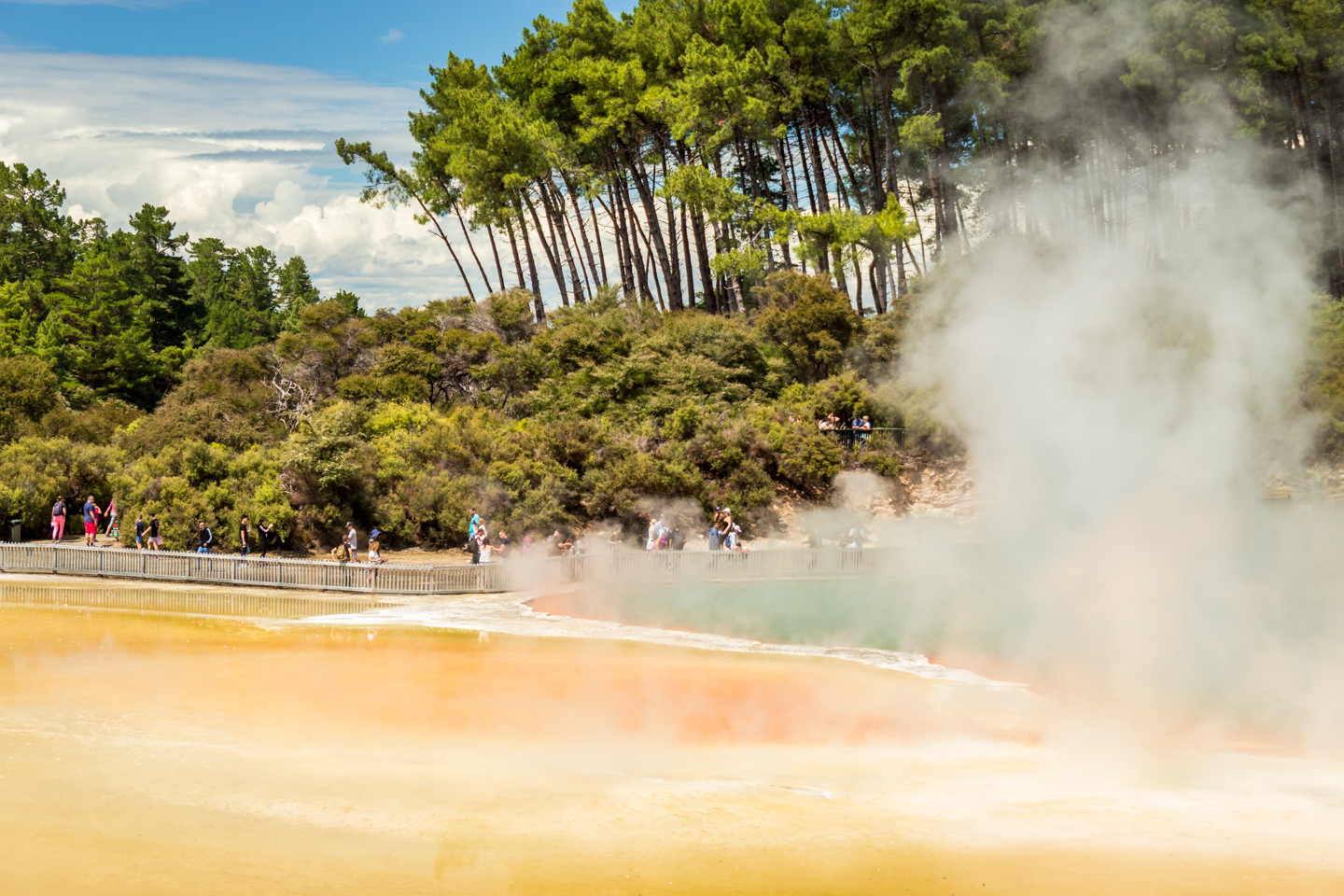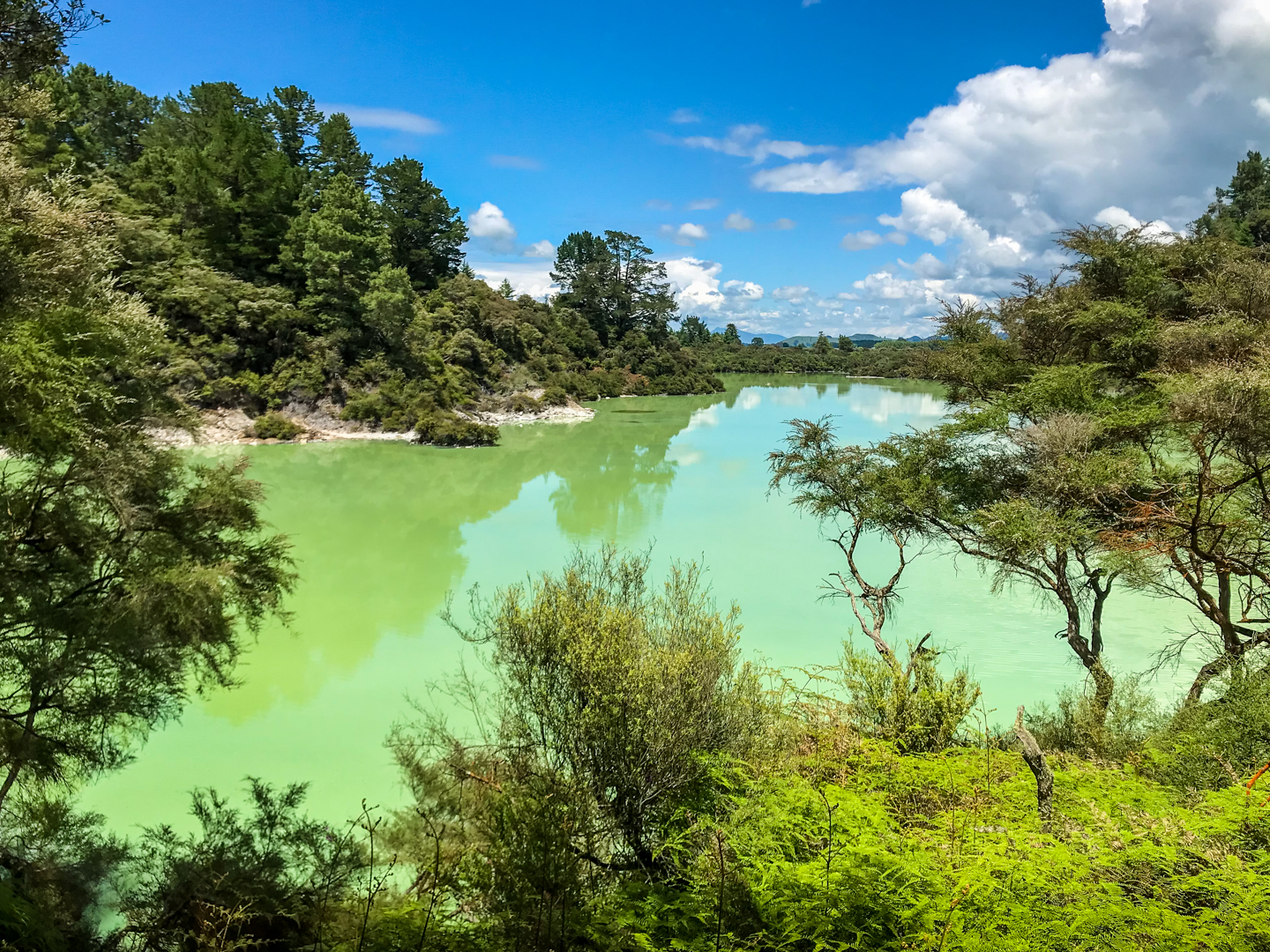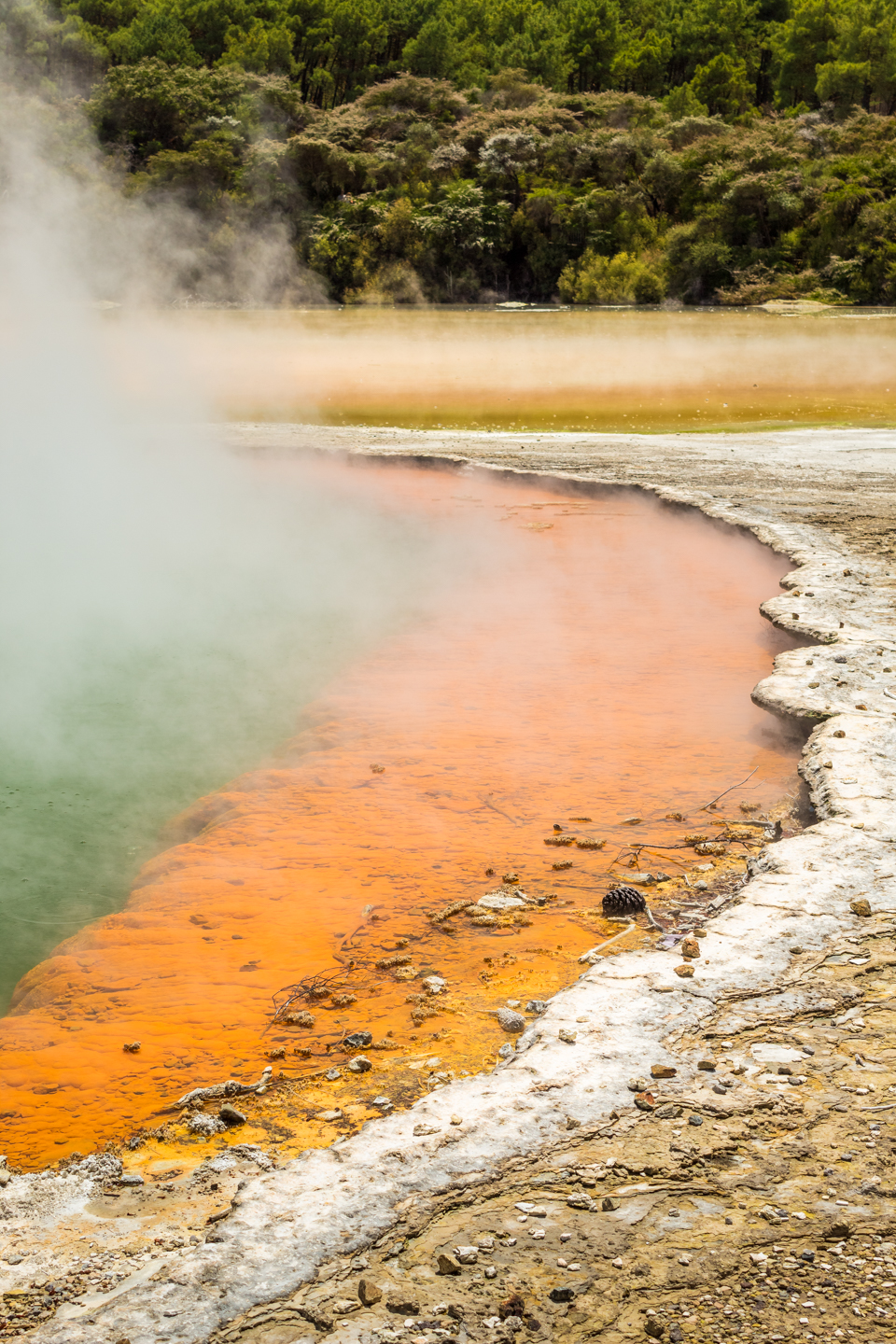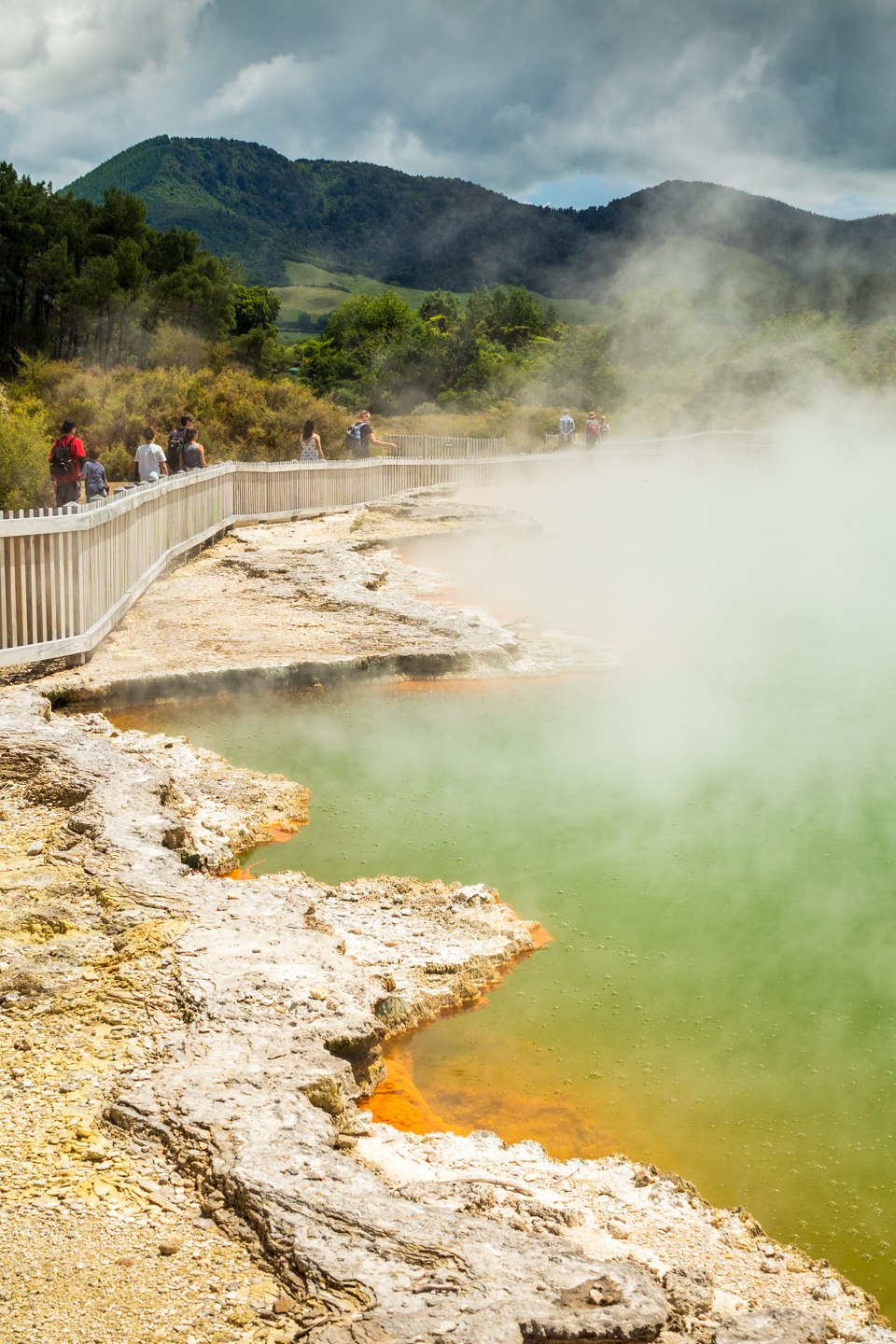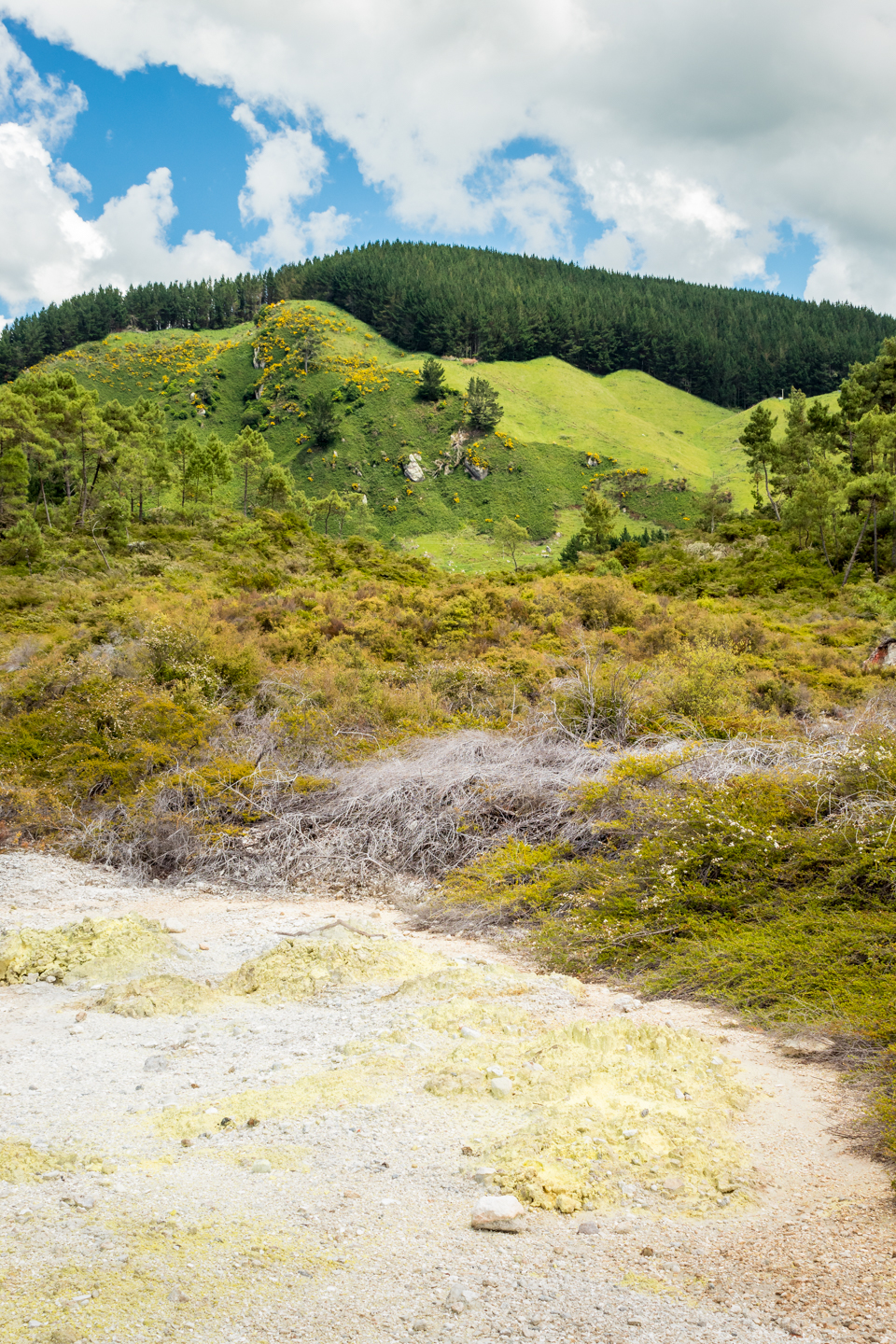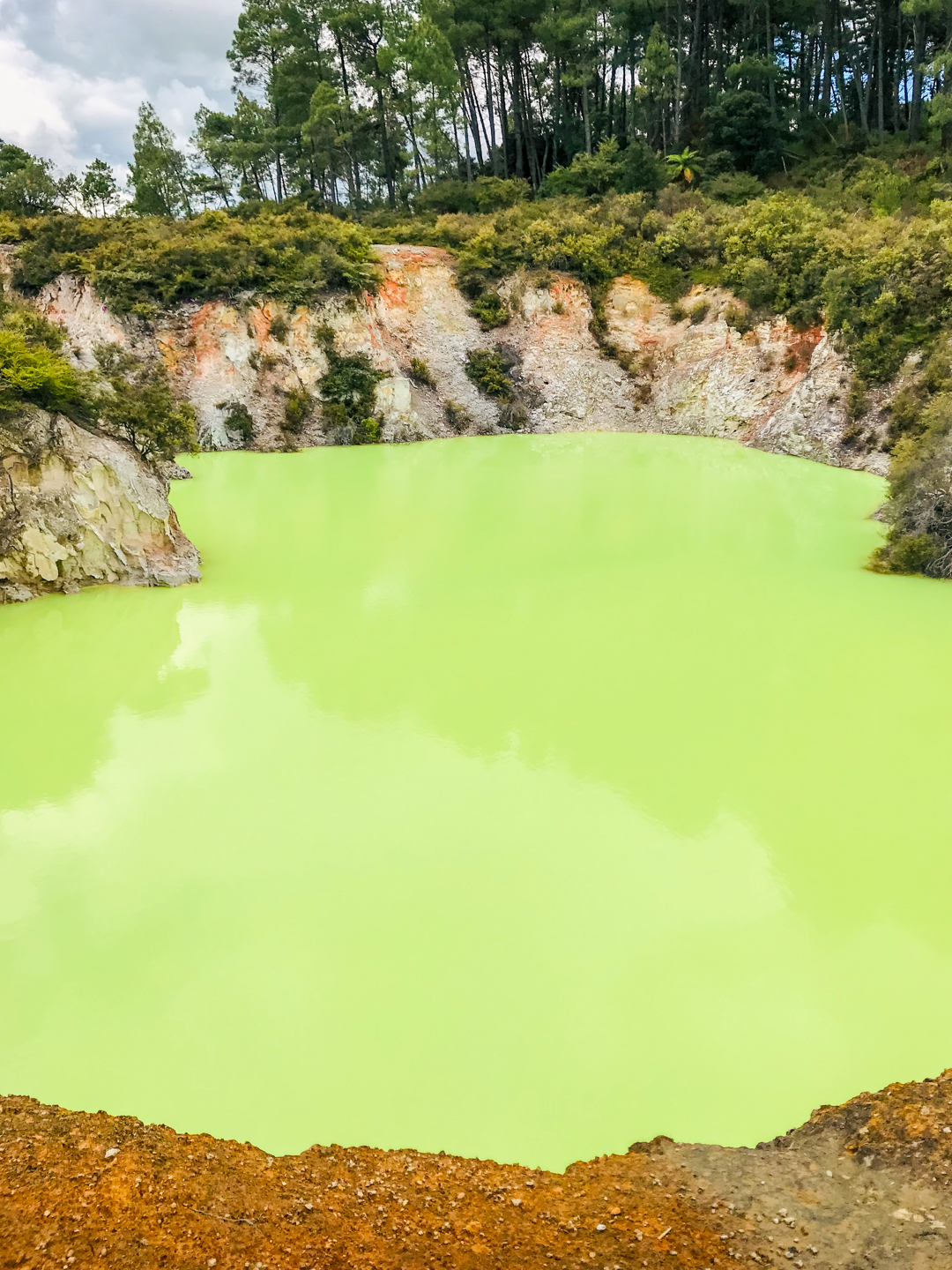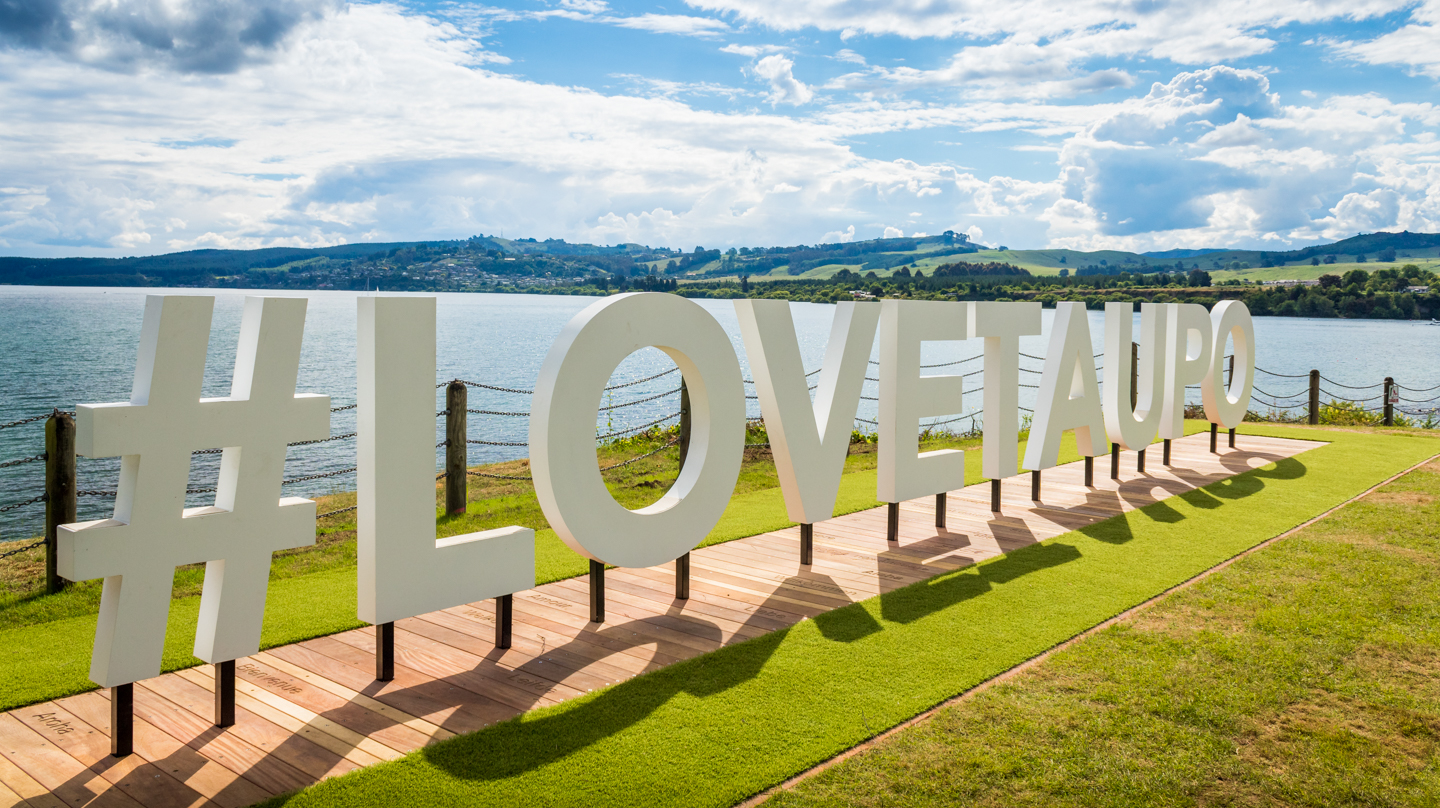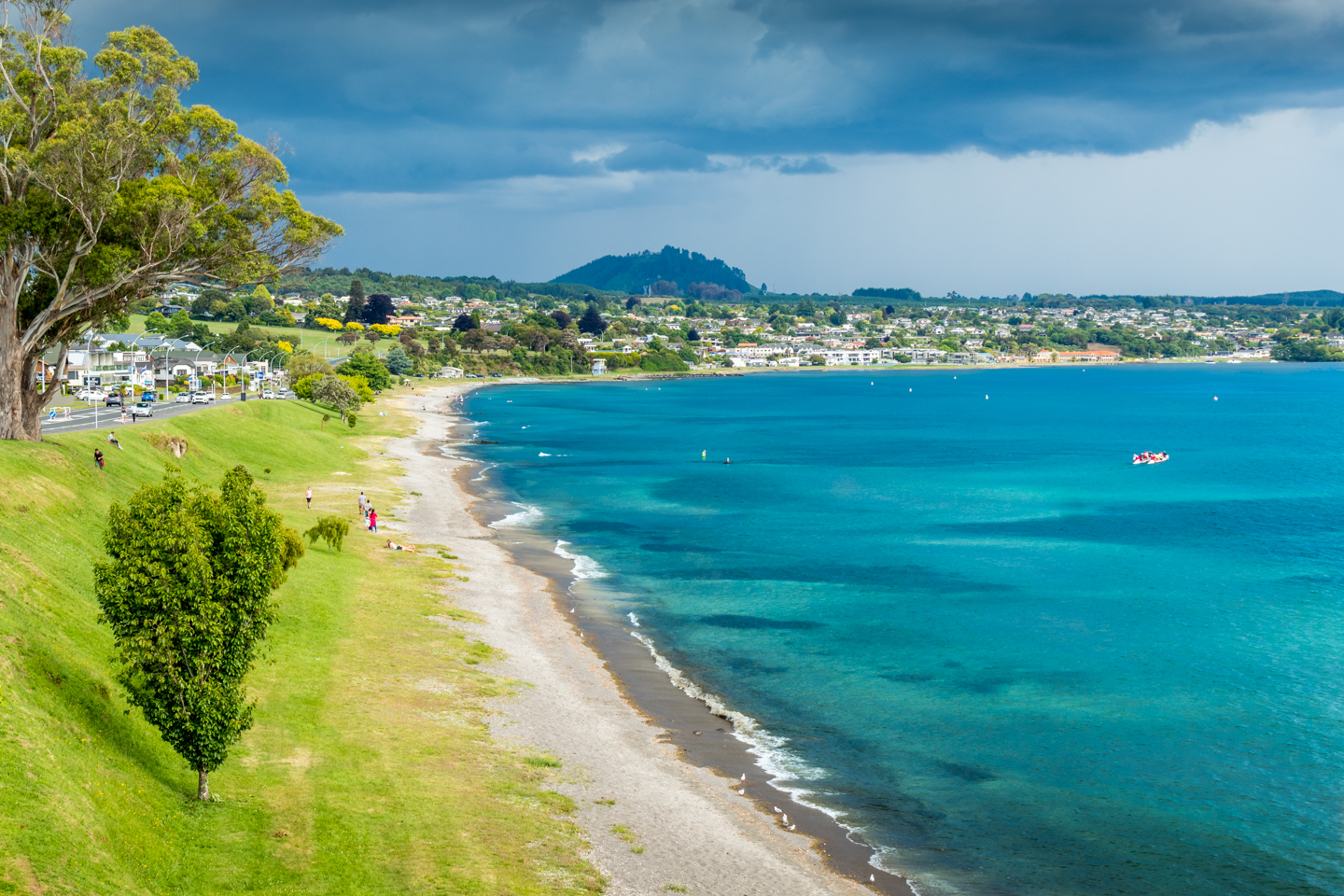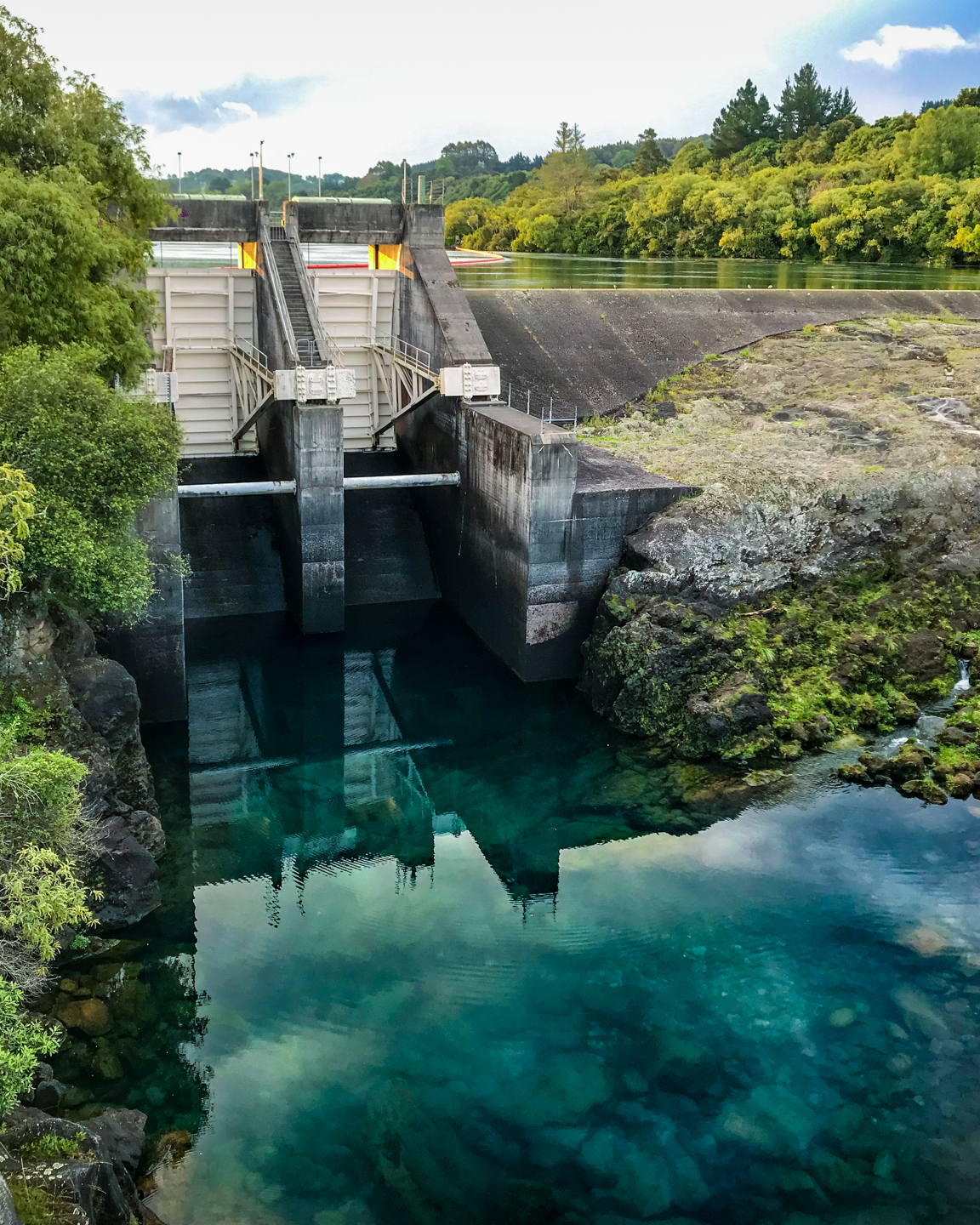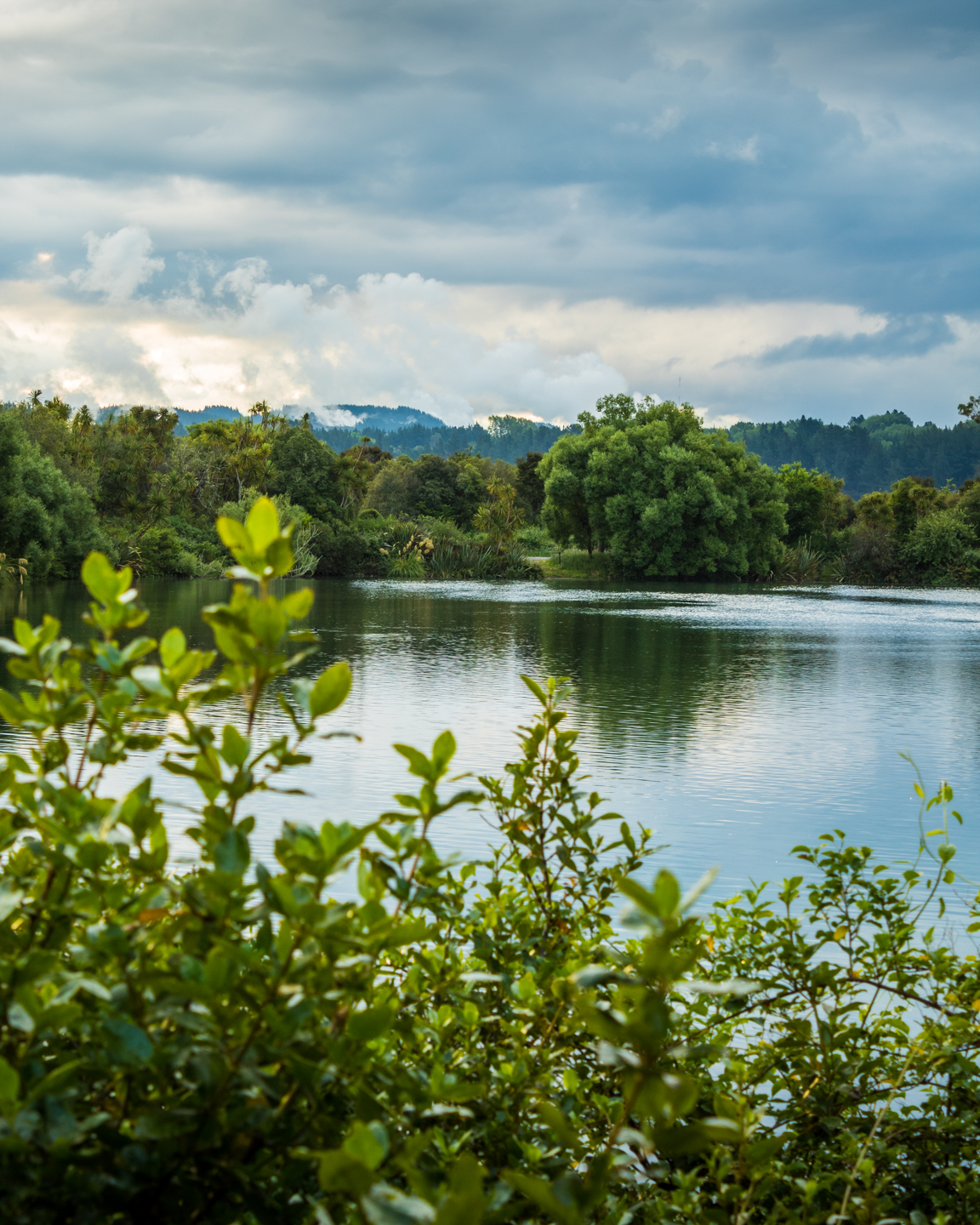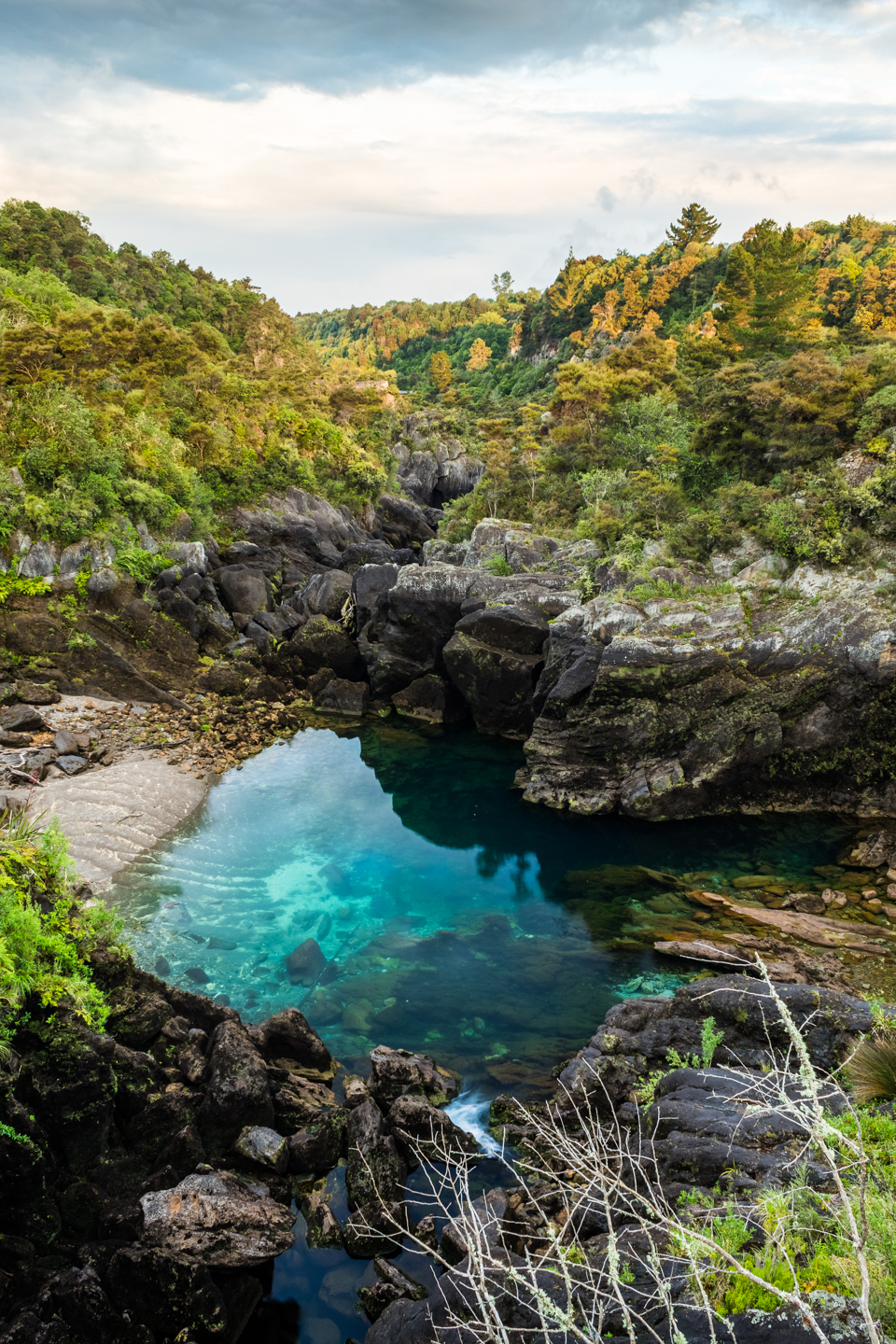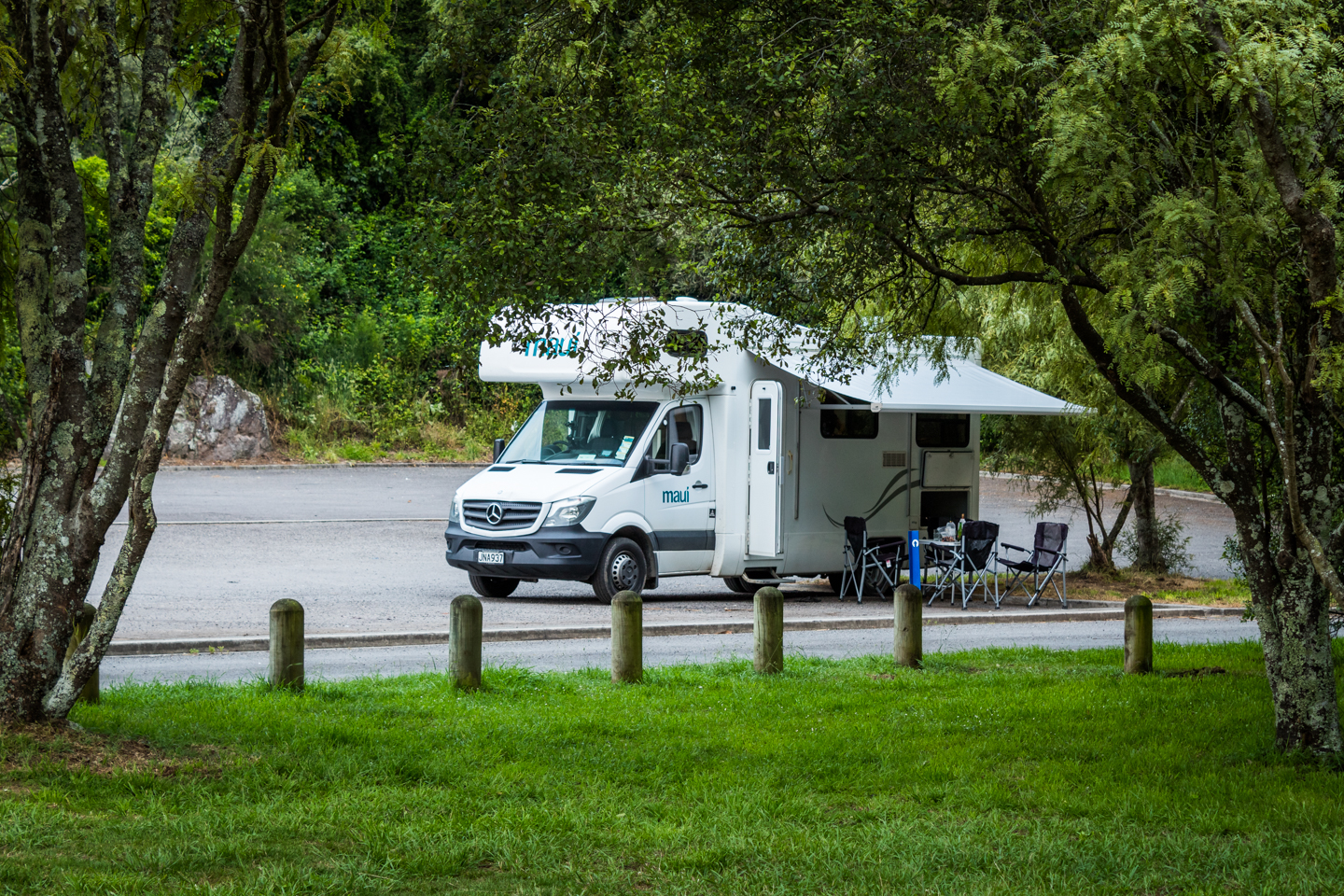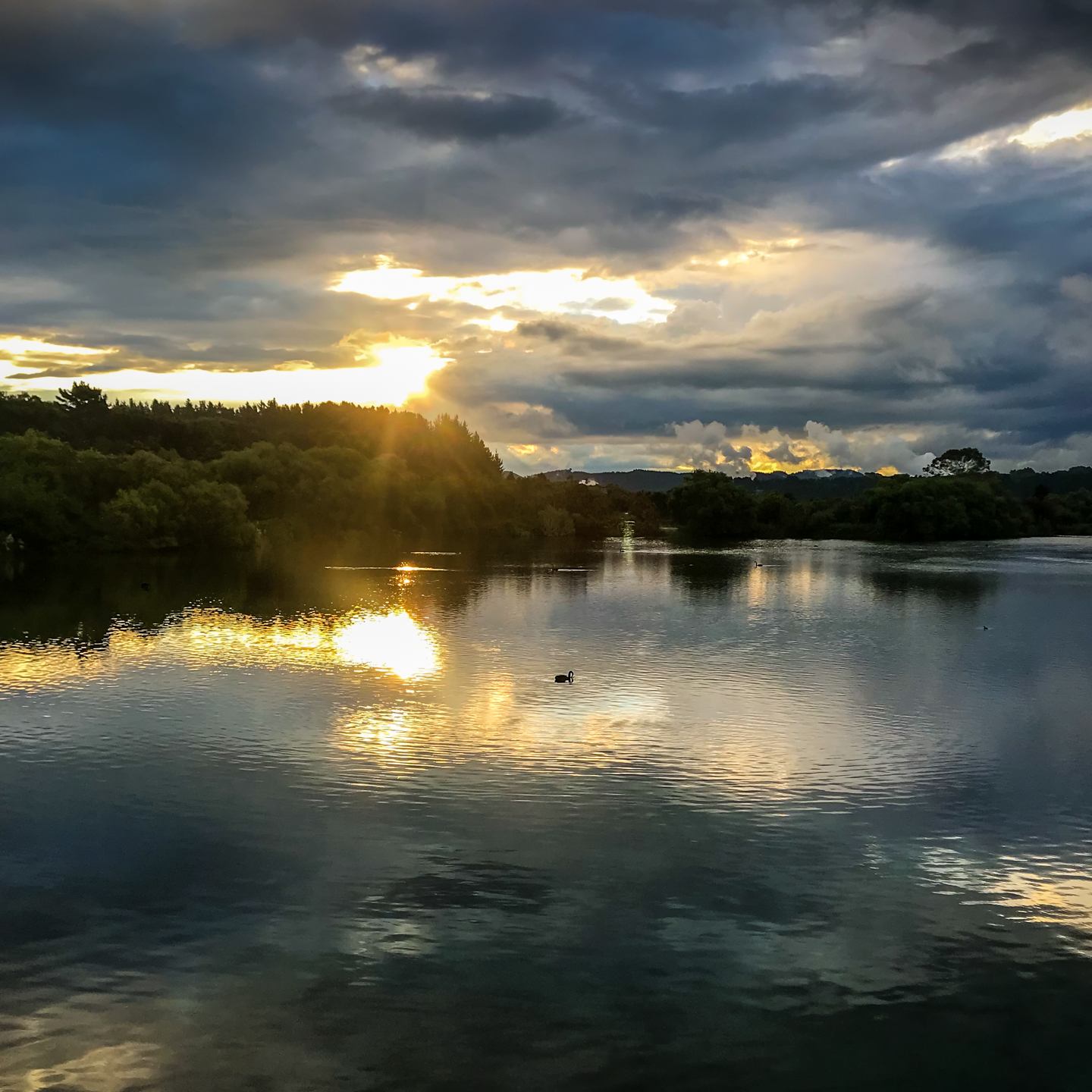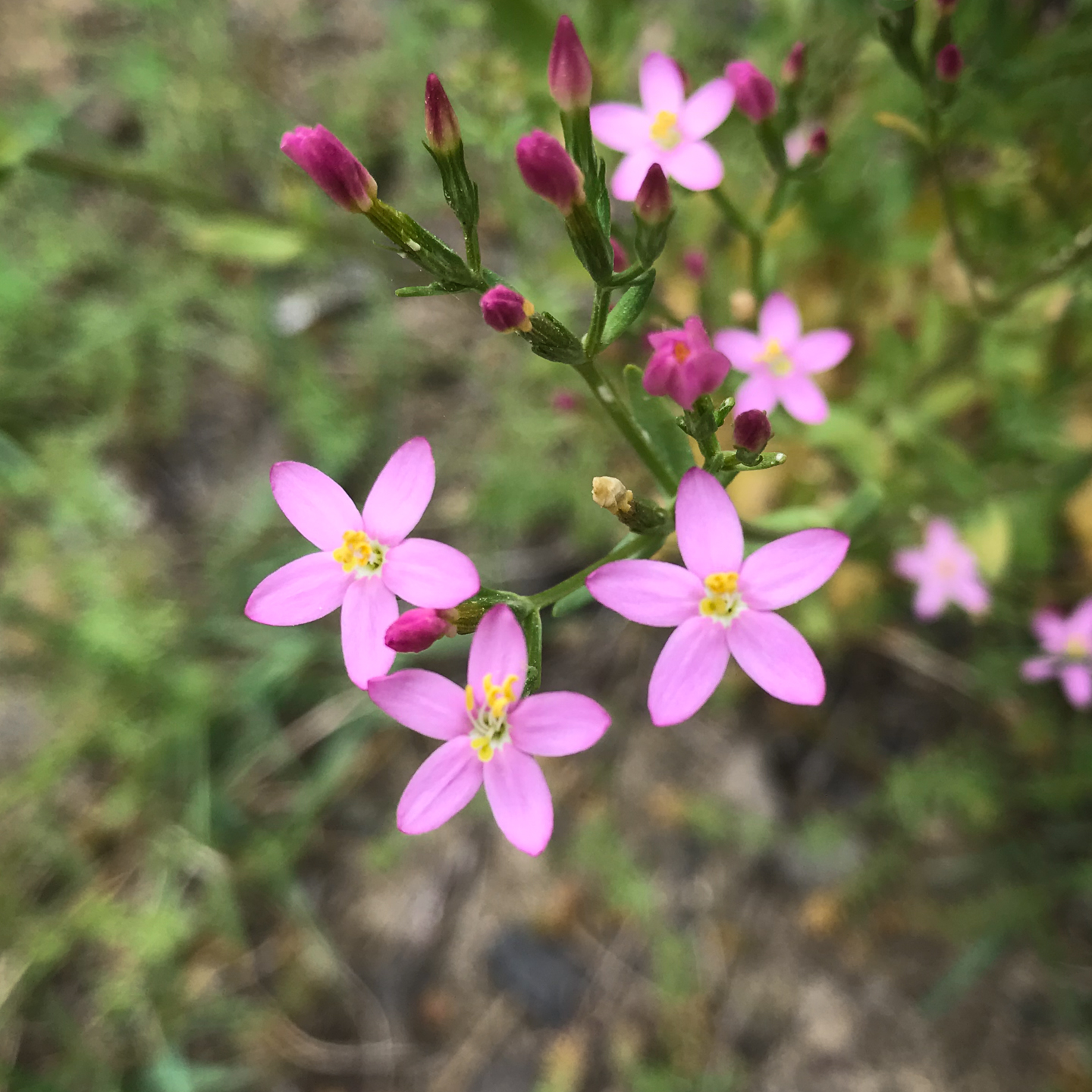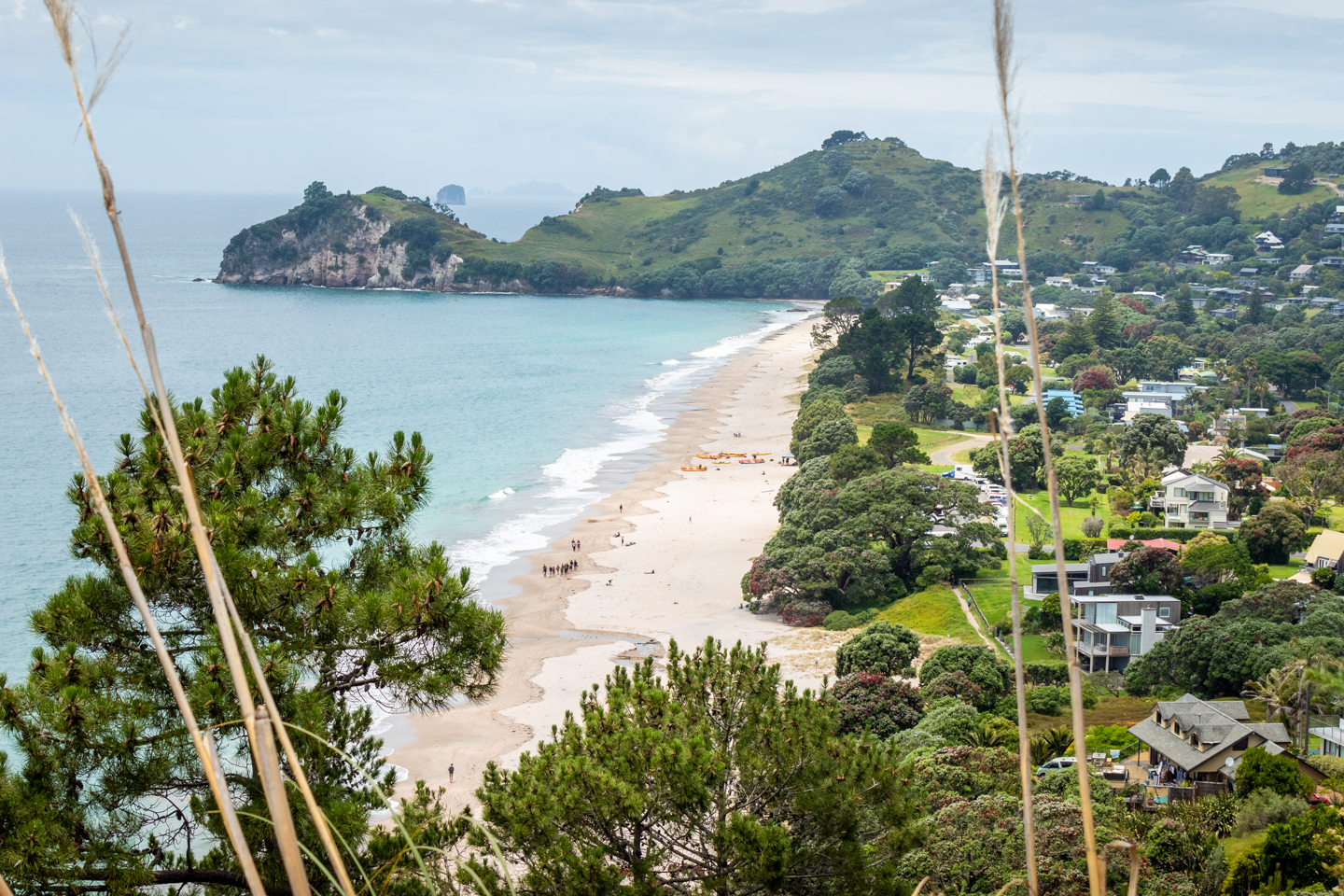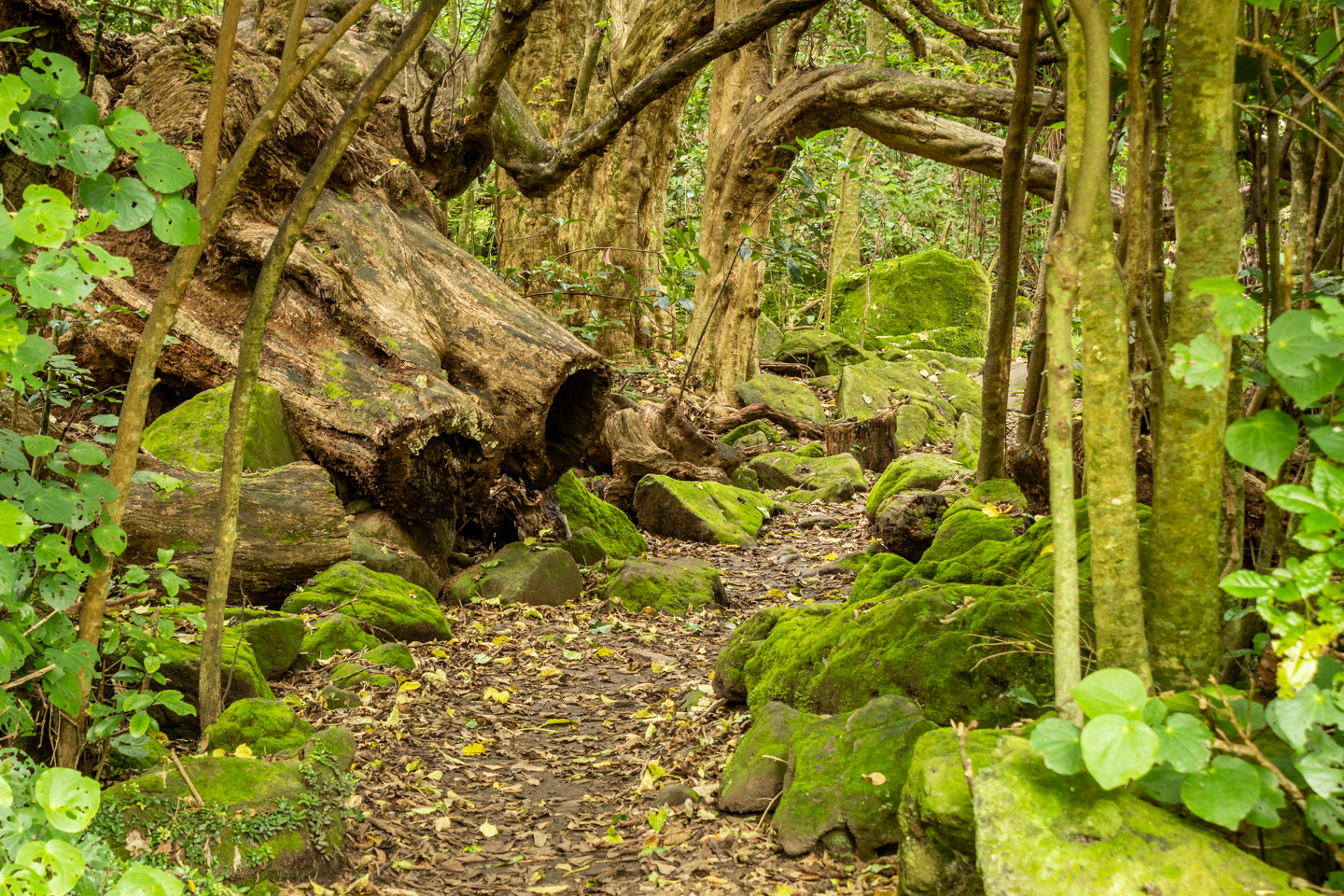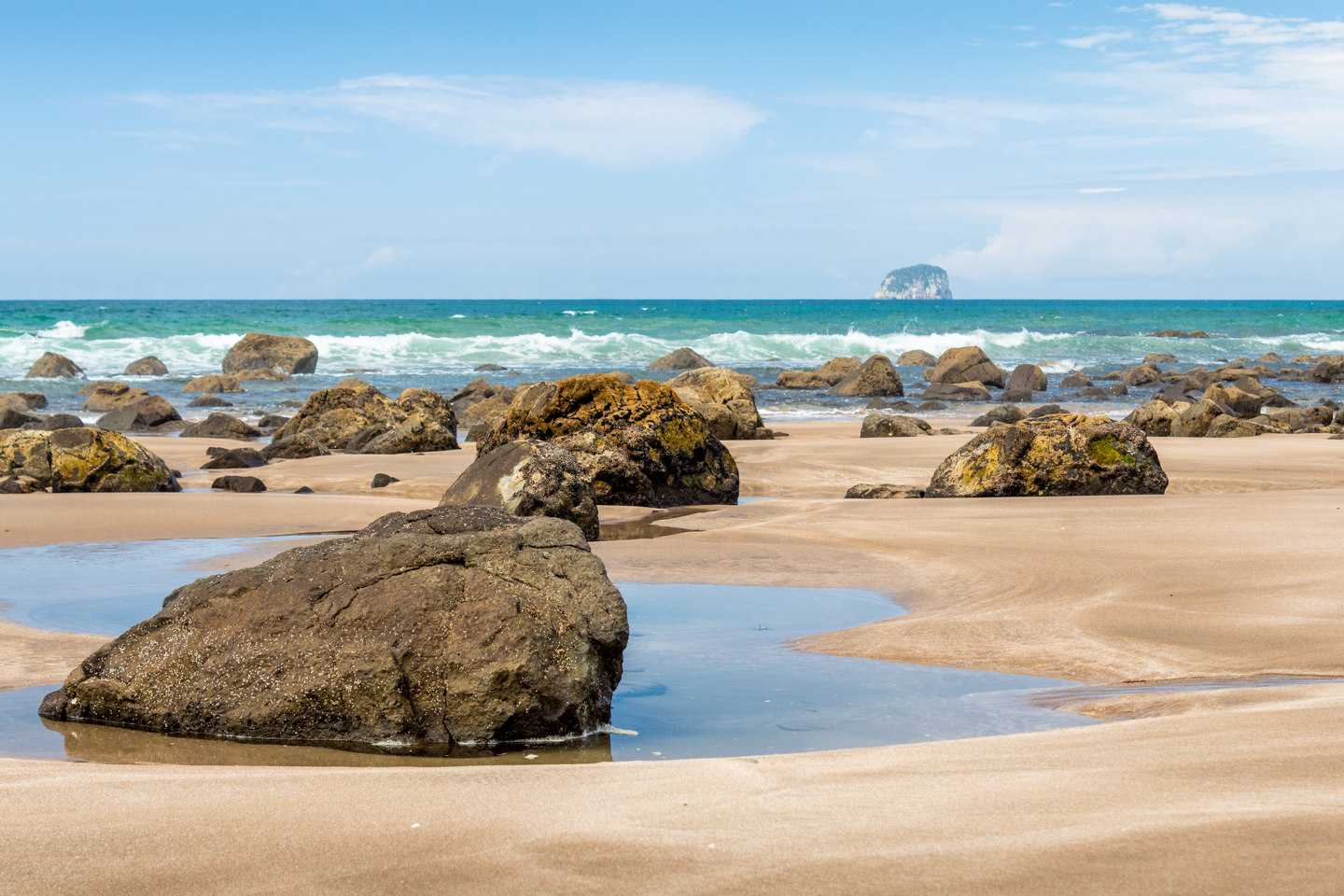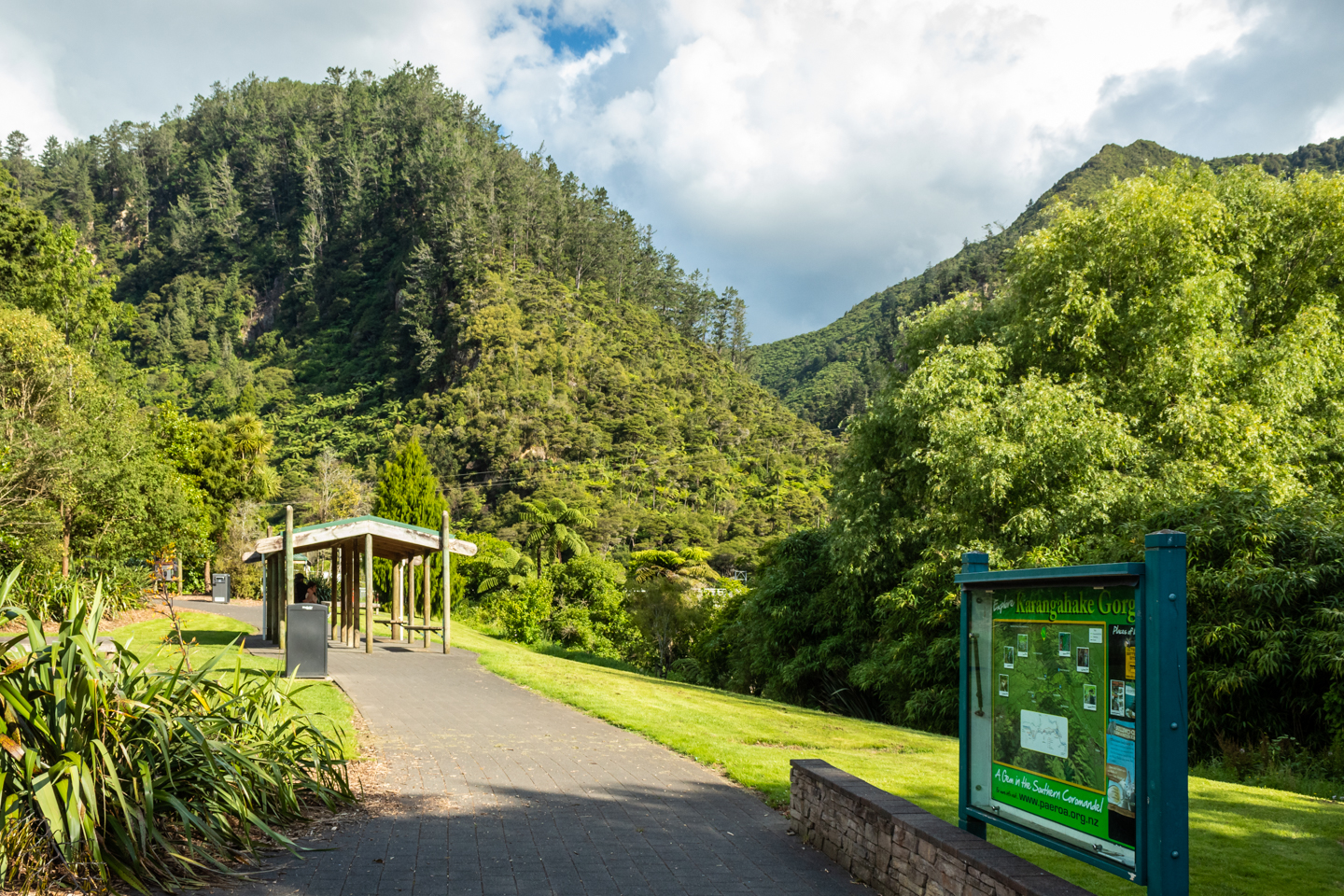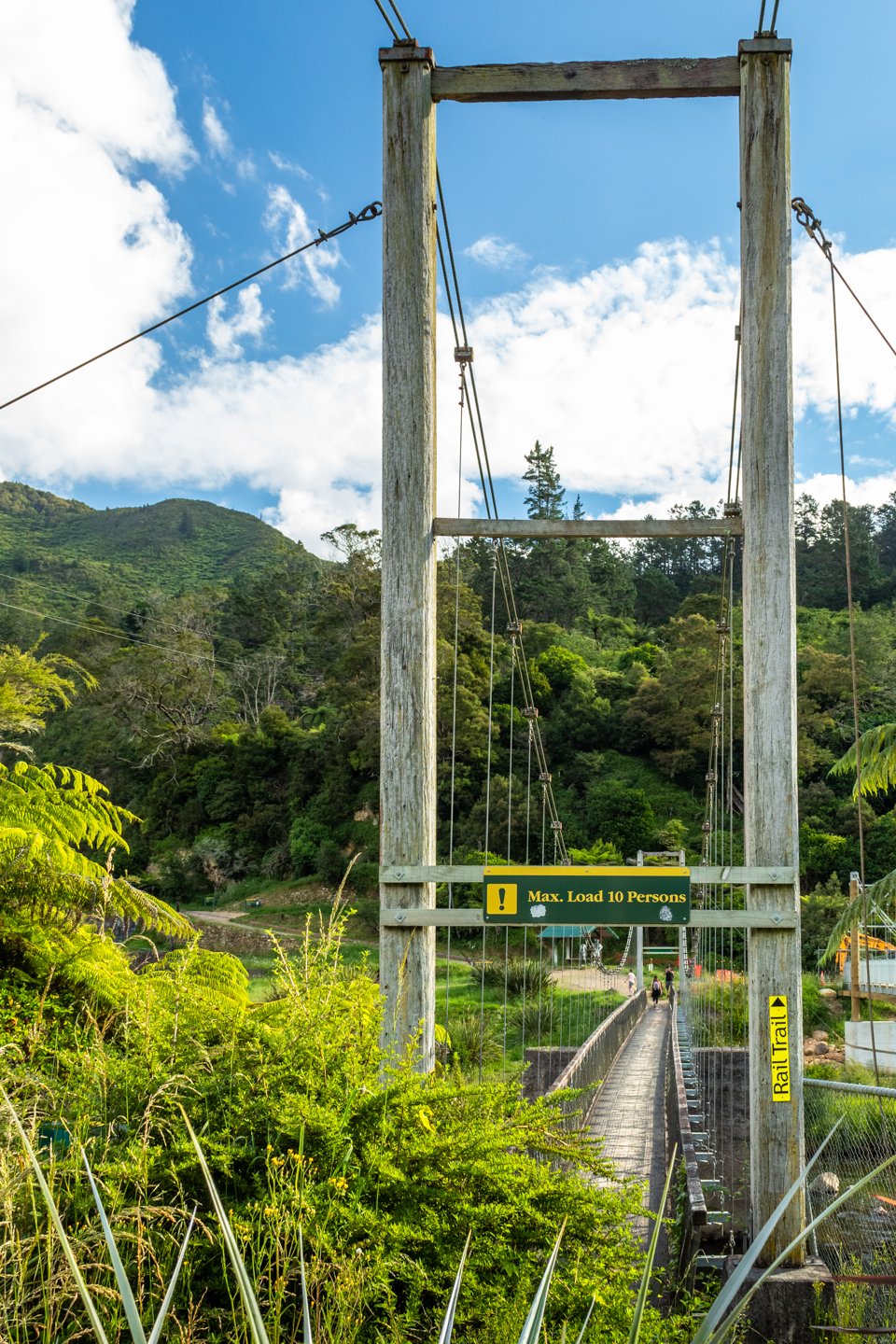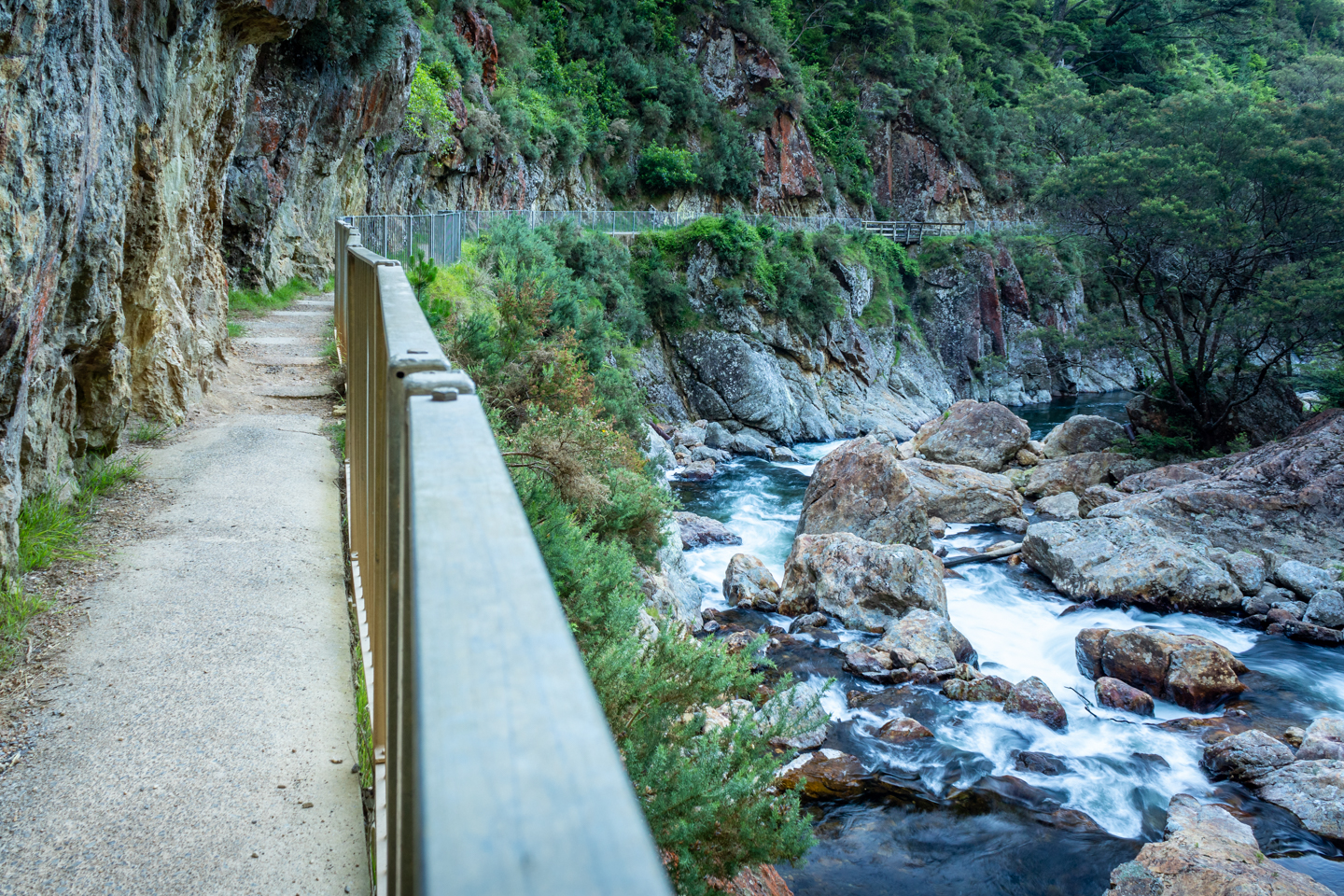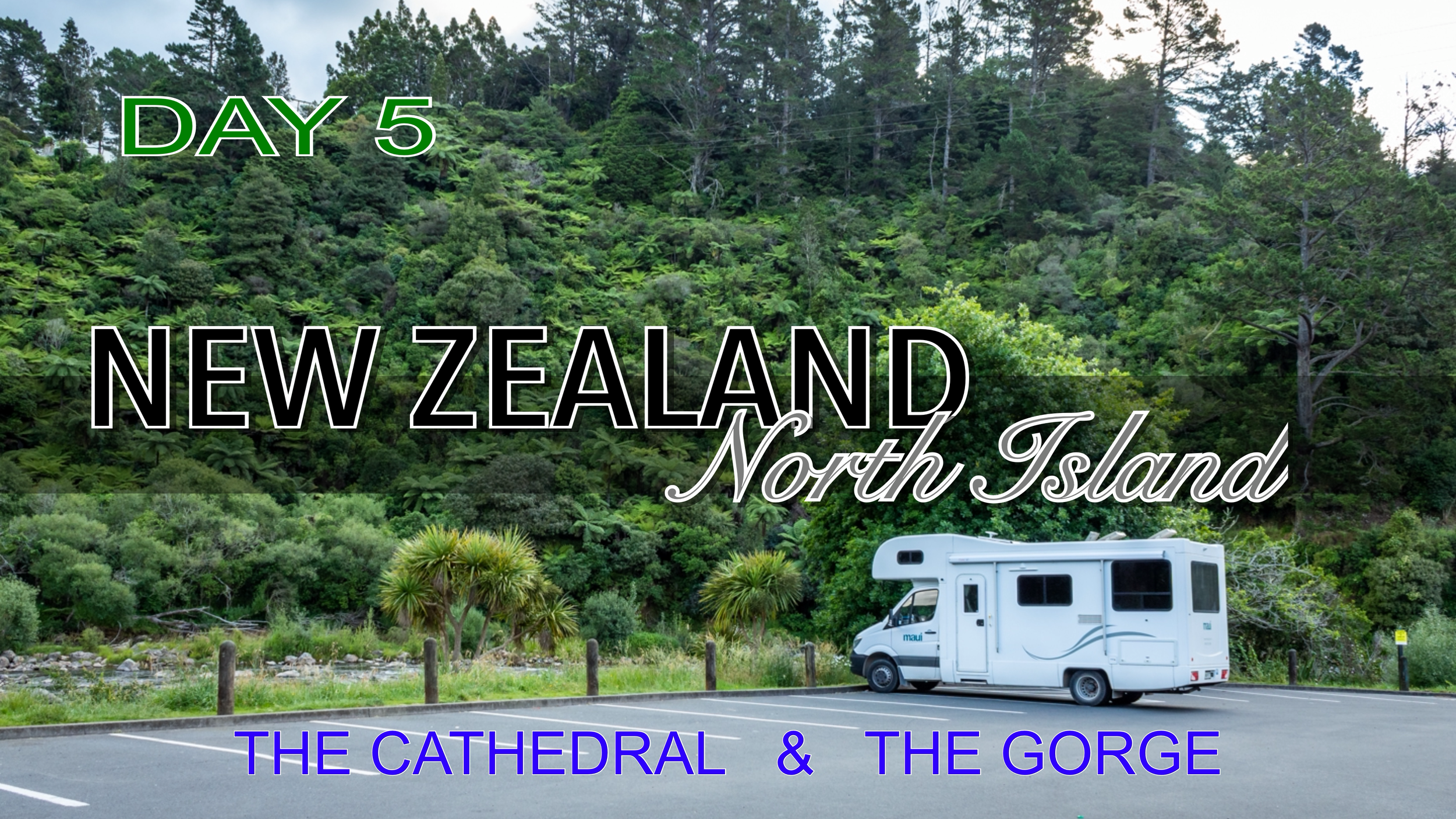The luck I had was that it was almost low tide when I took this shot, revealing the tunnel of the cliff, the Pierced Rock (la Roche Percée). Situated smack bang in the middle of the image with it’s own tiny beach in front of the entrance. At low tide you have access to the tunnel from the beach. The hole goes straight through the cliff to the other side where you join the other beach and peninsula, la Roche Percée, which you can see behind the cliff and to the right of the image. The tunnel is quite narrow and is part of the Sentier des Trois Baies (the Three Bay Trail) which includes Baie de la Roche Percée (Pierced Rock Bay), Baie des Tortues (Turtle Bay) and Baie des Amoureux (Lovers Bay). A beautiful walk if ever you have the time.
The beach behind the cliff is where I took the photo from my last post, Le Bourailais. This rock formation at the end of the cliff, known as le Bonhomme (the Man), is a landmark in New Caledonia with spiritual importance in Kanake culture. Hop over to my last post for more information on the Bonhomme de Bourail.
On the left side of the Roche Percée (Pierced Rock) cliff is an amazing 280° lookout point with a shrine dedicated to Notre Dame des Flots (Our Lady of the Waves), who watches over the ships. Magnificent views up there.
And of course, just below that is the beach of Baie des Tortues (Turtle Bay). Well known for it’s turtle nesting season in late January, early February. A beautiful little beach, very popular with the locals and tourists for picnicking. Not a bad spot for a romantic sunset either.
This shot was taken from the Route de la Baies des Amoureux (Lovers Bay Road). This small section of the road is part of the Sentier des Trois Baies (the Three Bay Trail), mentioned above. Two photos were taken to make this image. A long exposure of 10 seconds to smooth out the clouds and water, and a shorter 1/8th second exposure to capture the cliff side when the sun shone on it. It was cloudy and rain was on it’s way, as you can see from the top left of the image, but the sky opened long enough on the horizon to provided me with this beautiful light. I blended the 1/8th exposure on to the 10 second exposure in Photoshop and finished editing in Lightroom. Mainly just accentuating the cliff side, beach and water.
So there you go, the gorgeous Turtle Bay in Bourail, New Caledonia. This whole area is worth a visit if ever you’re round the corner.







